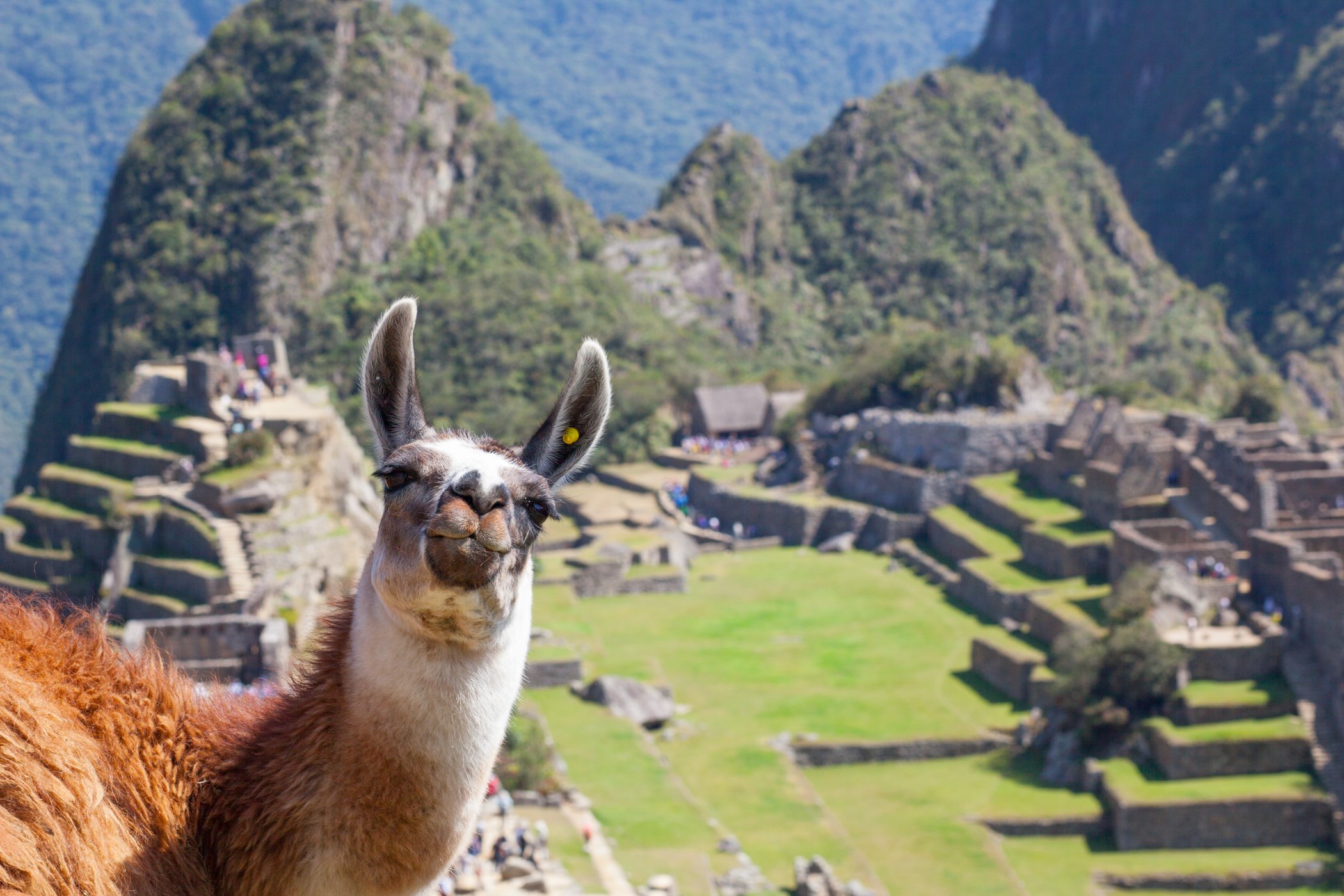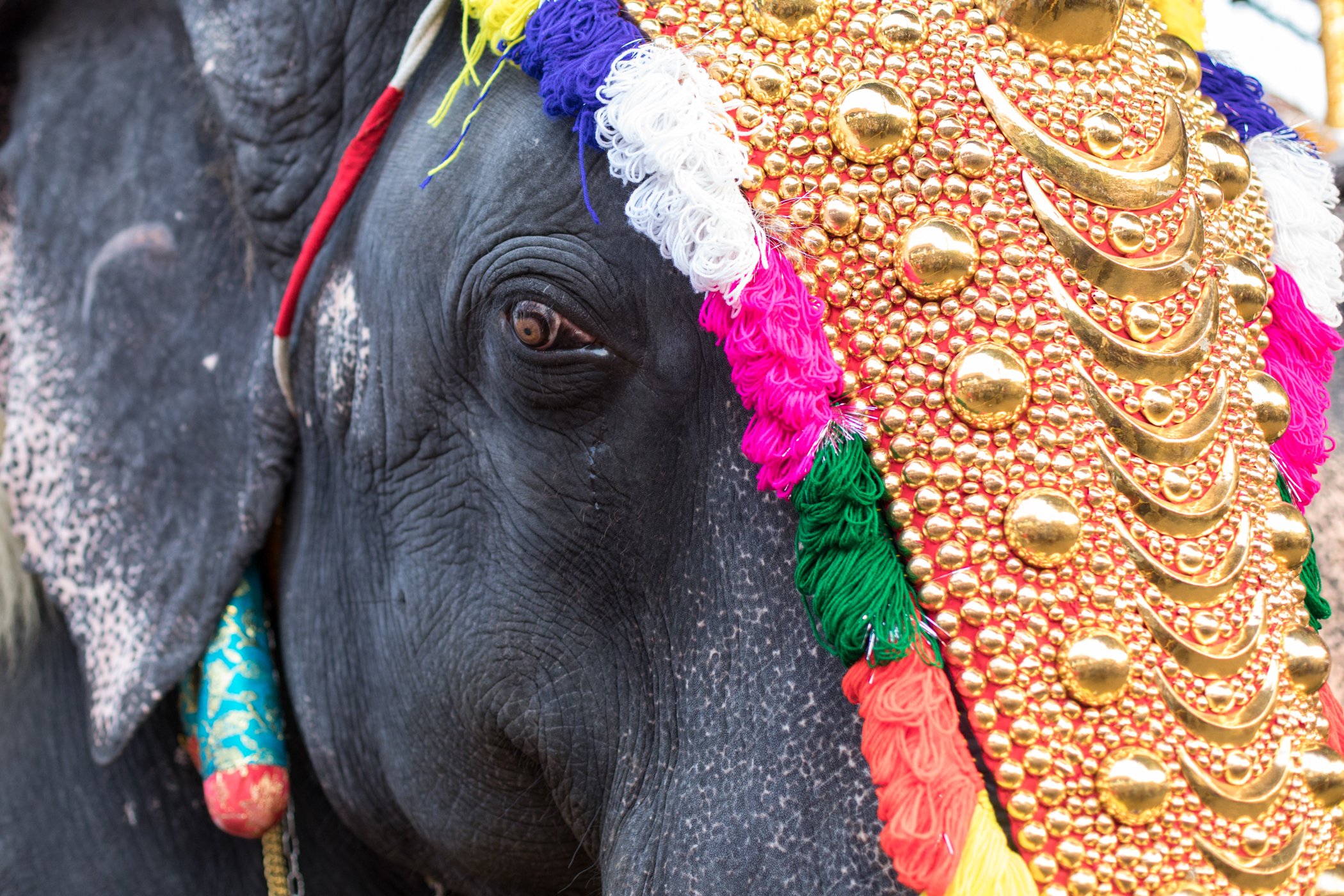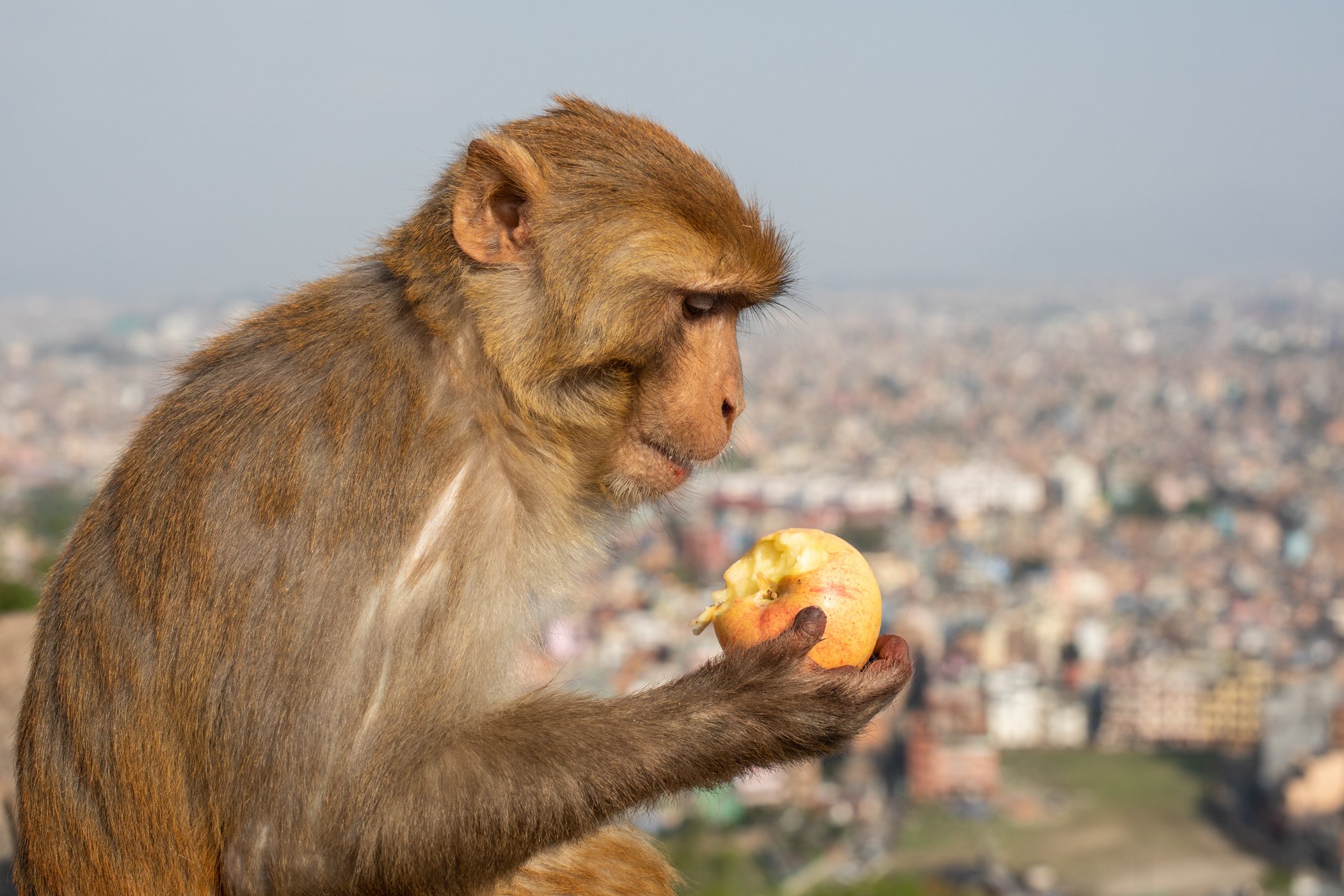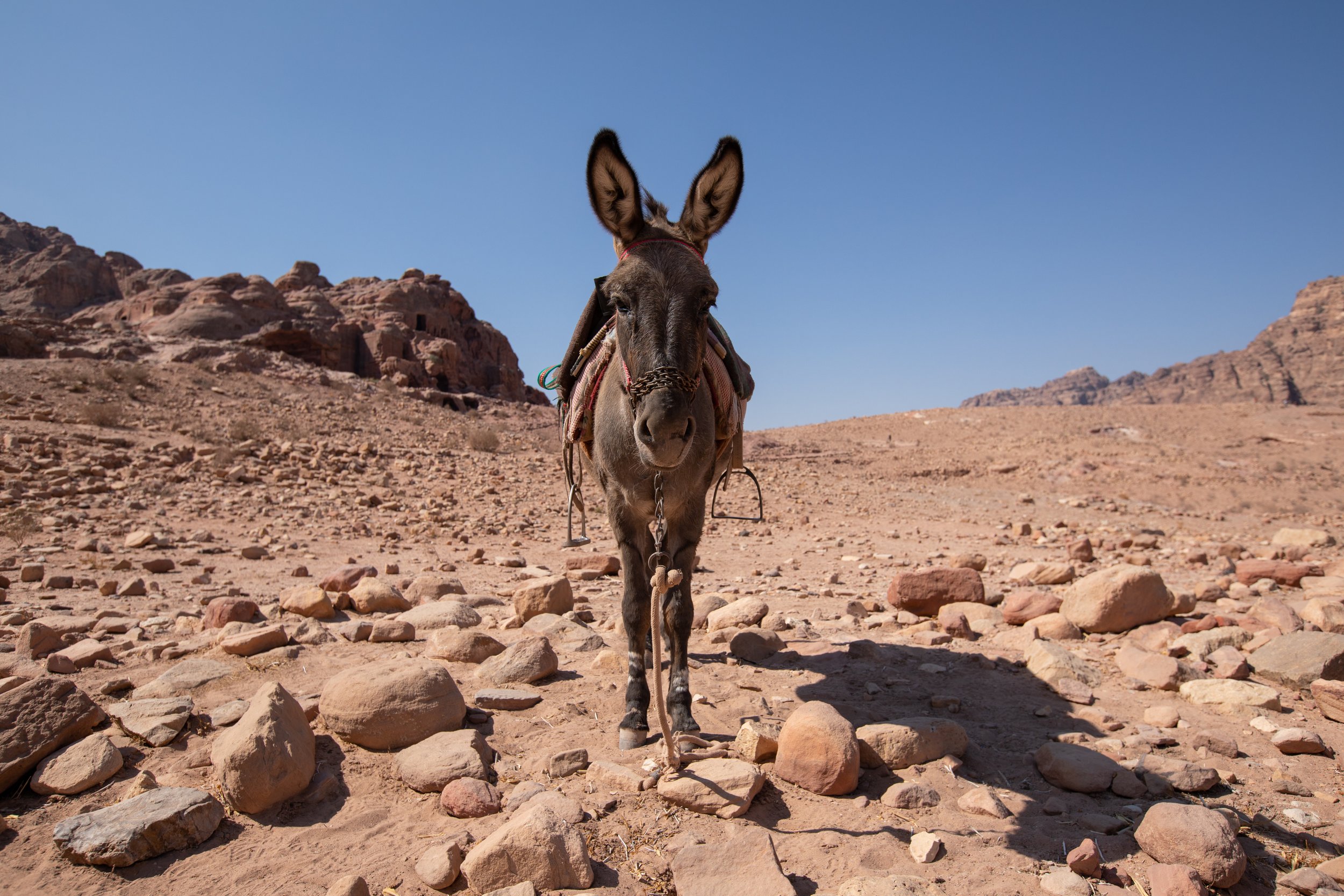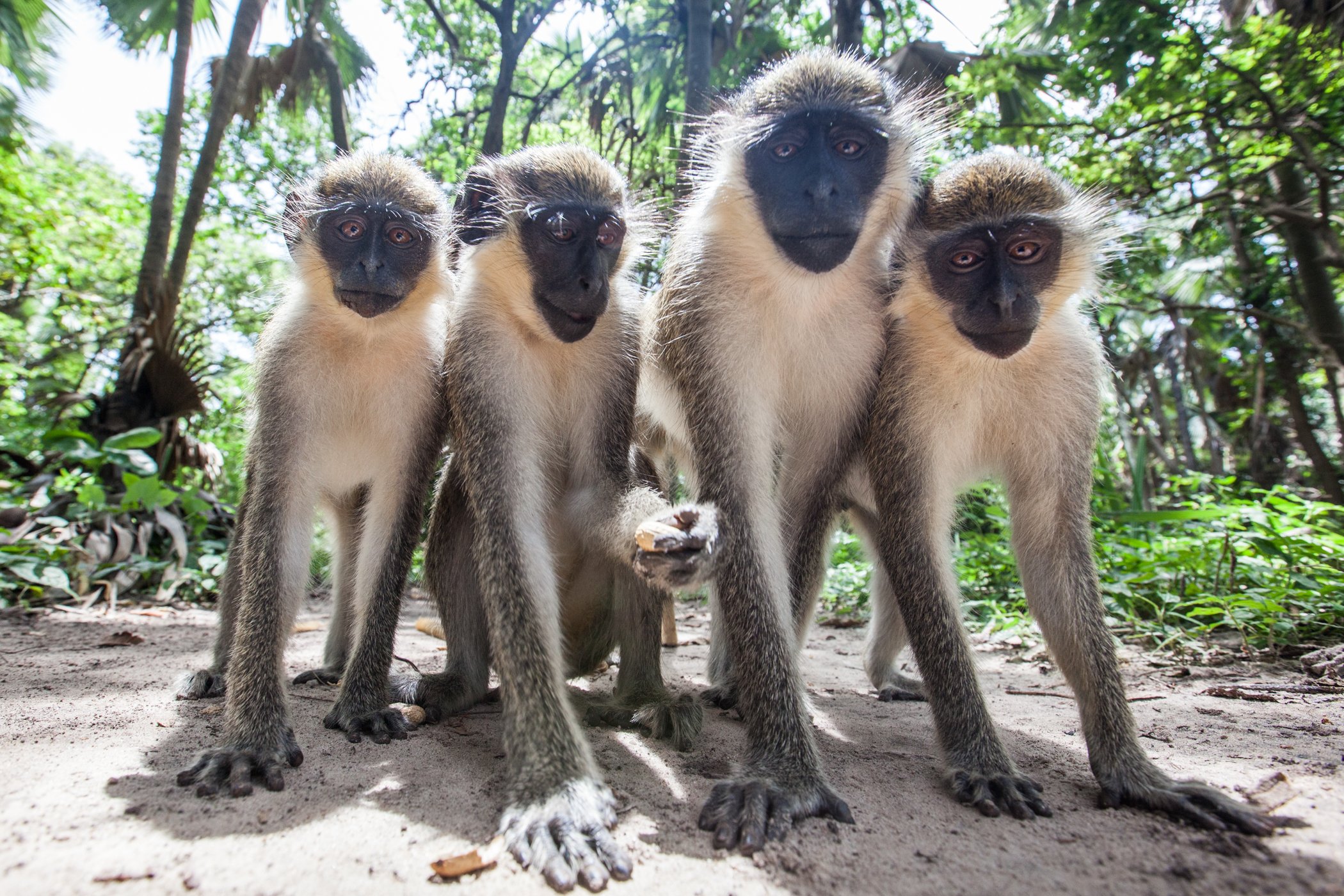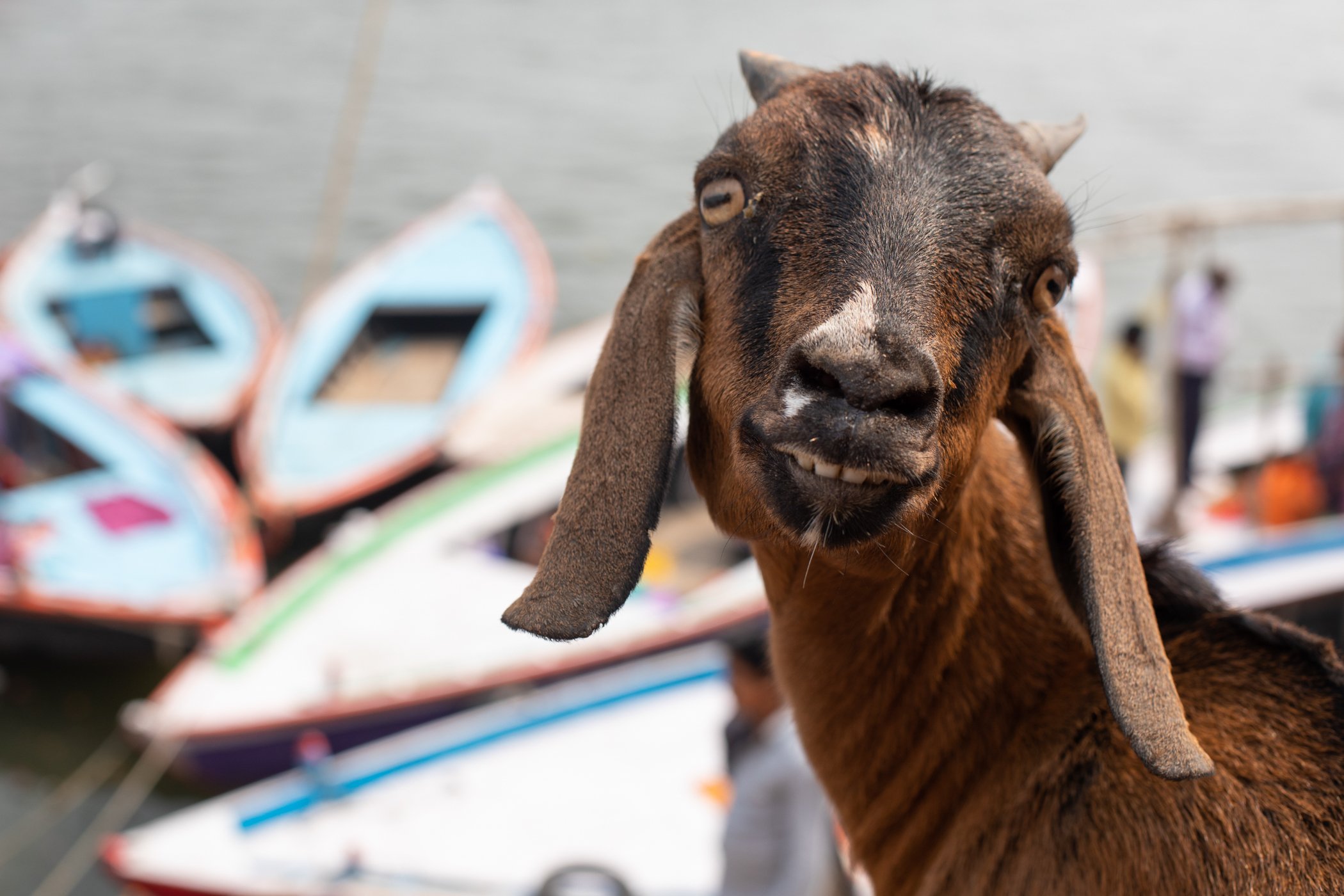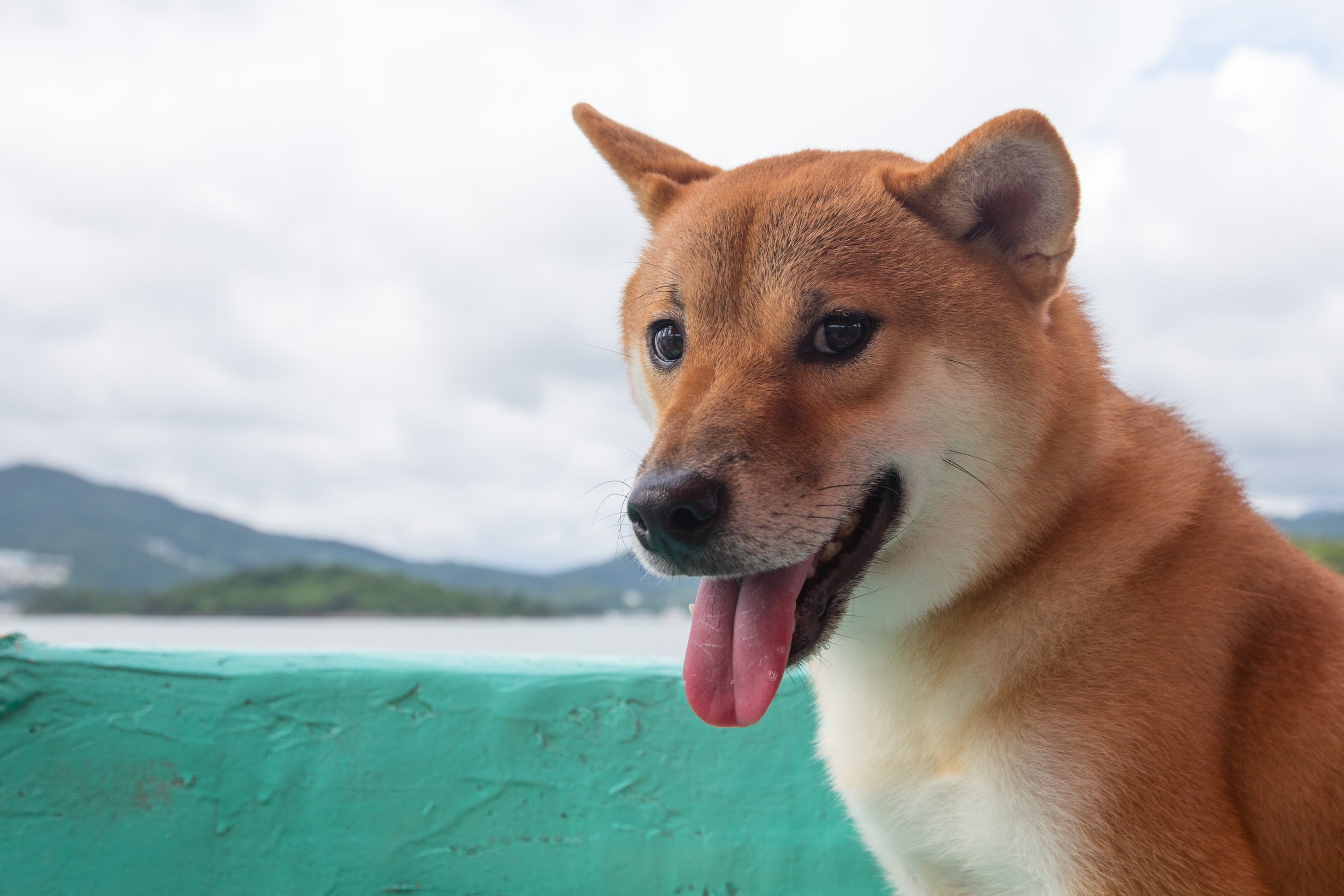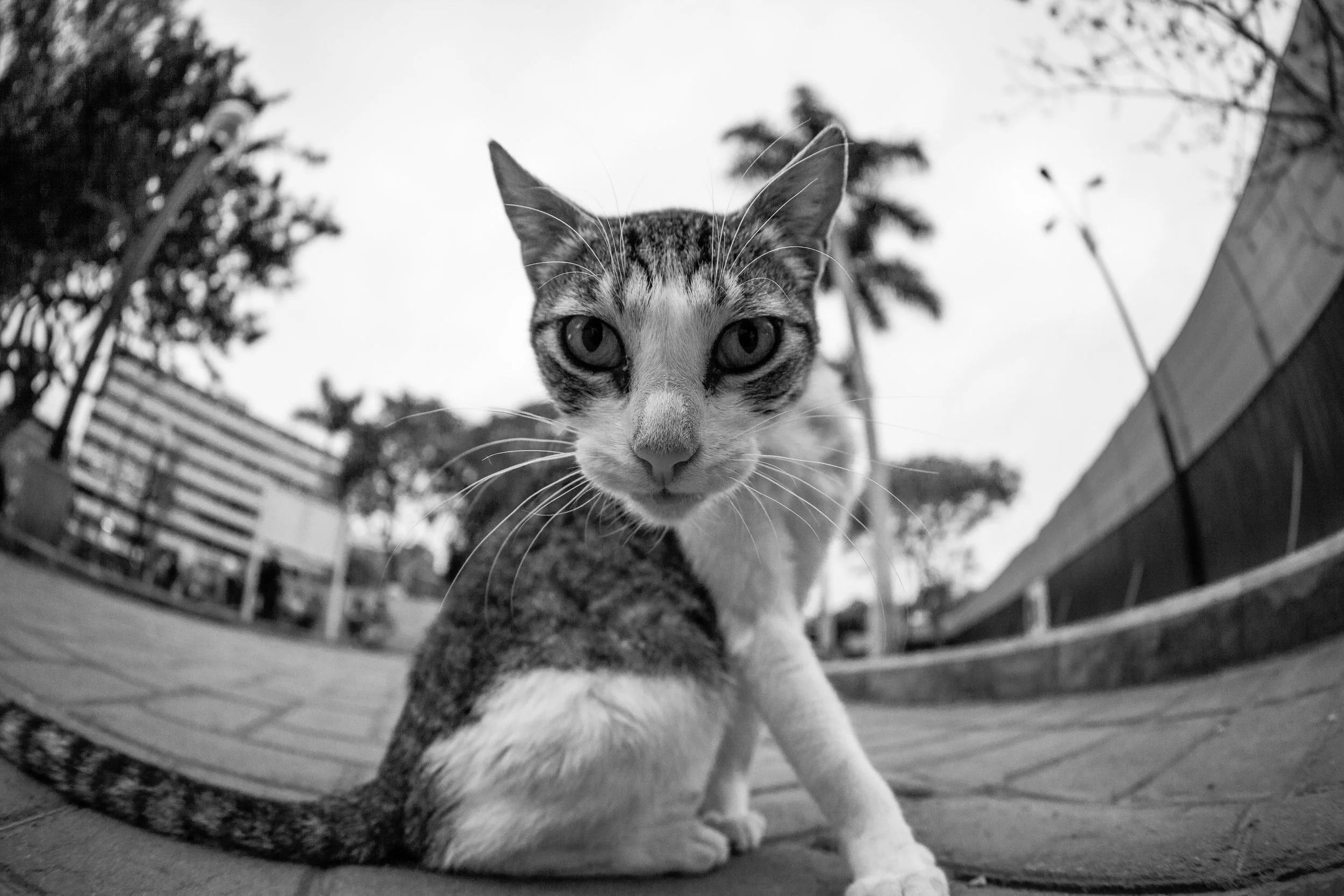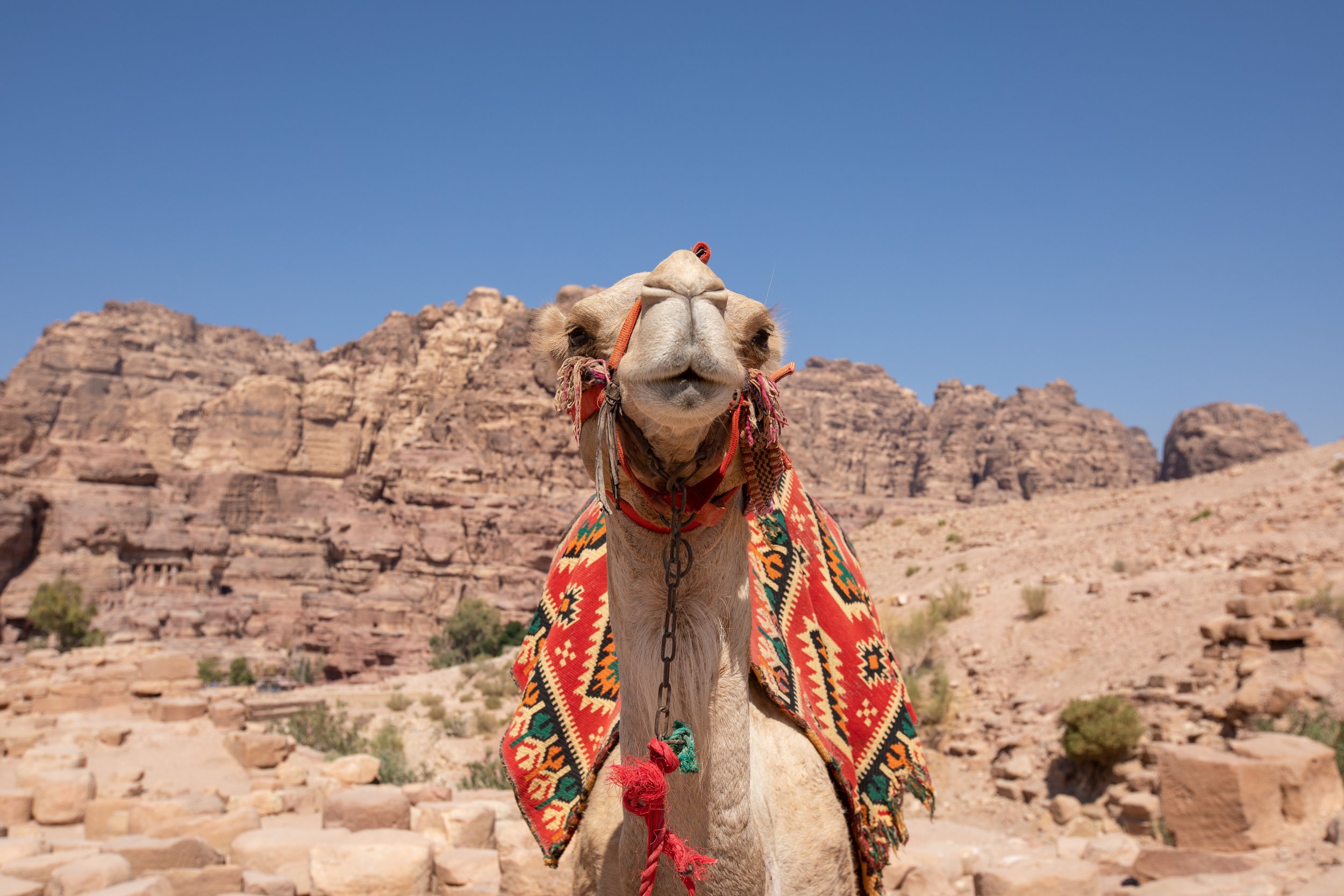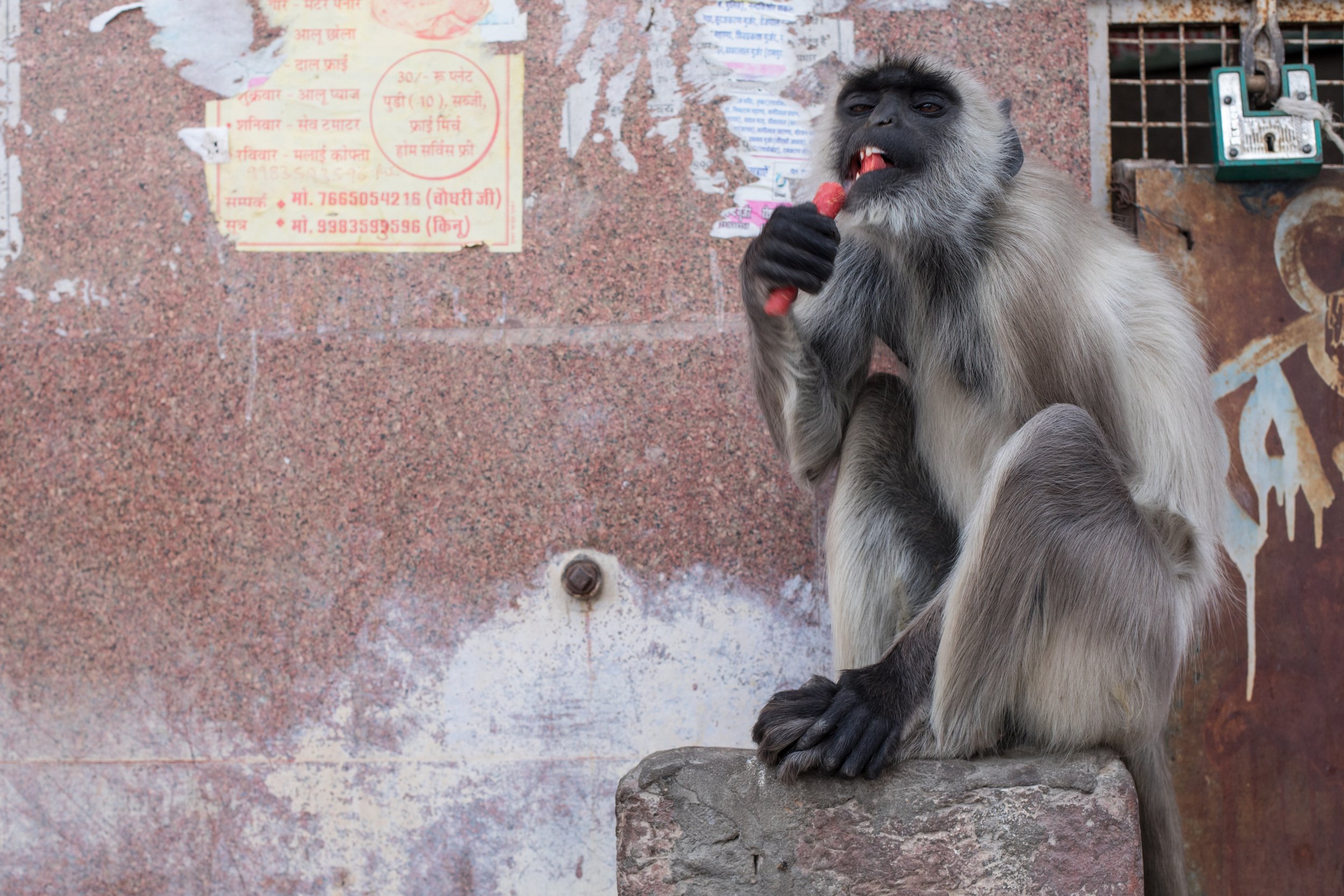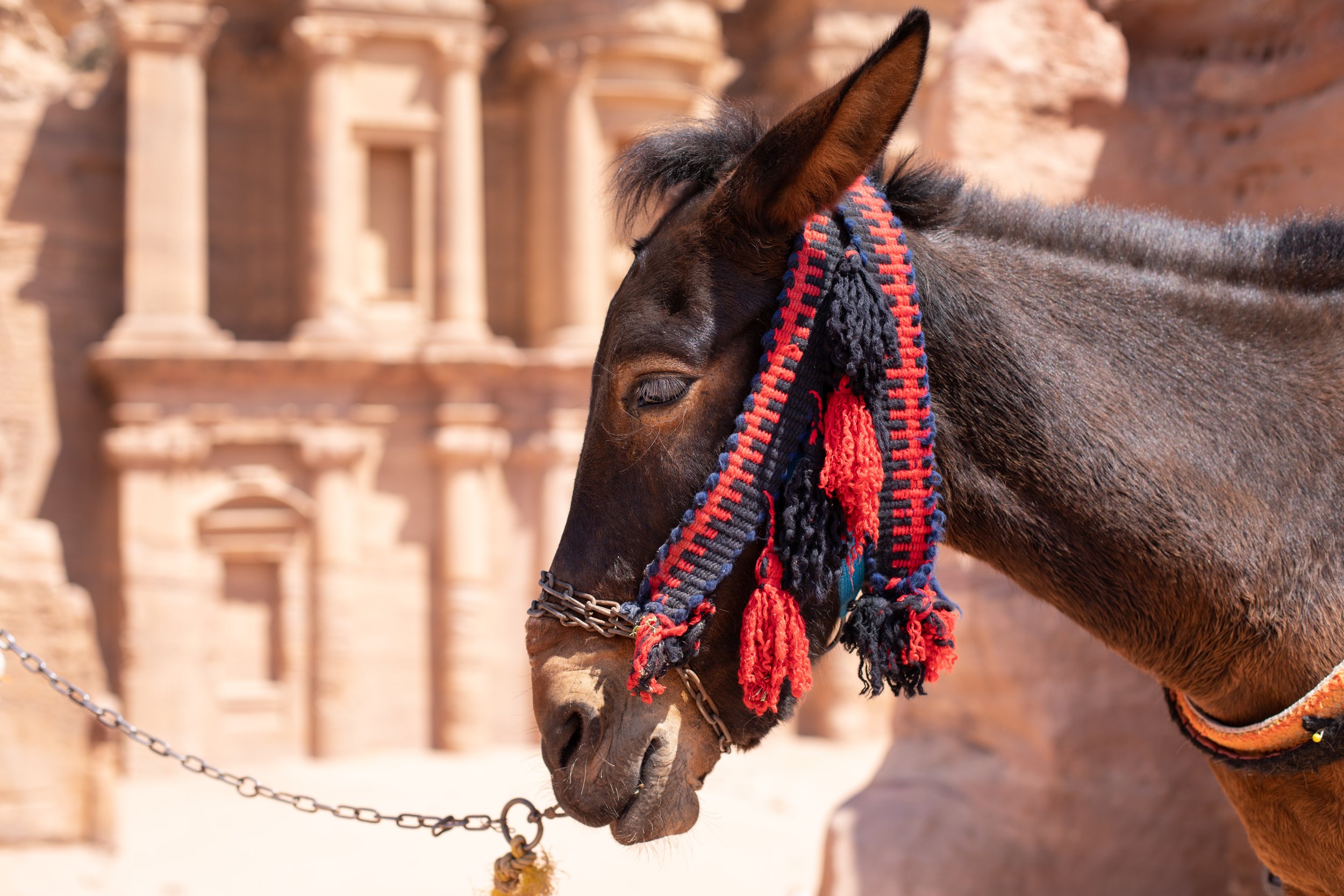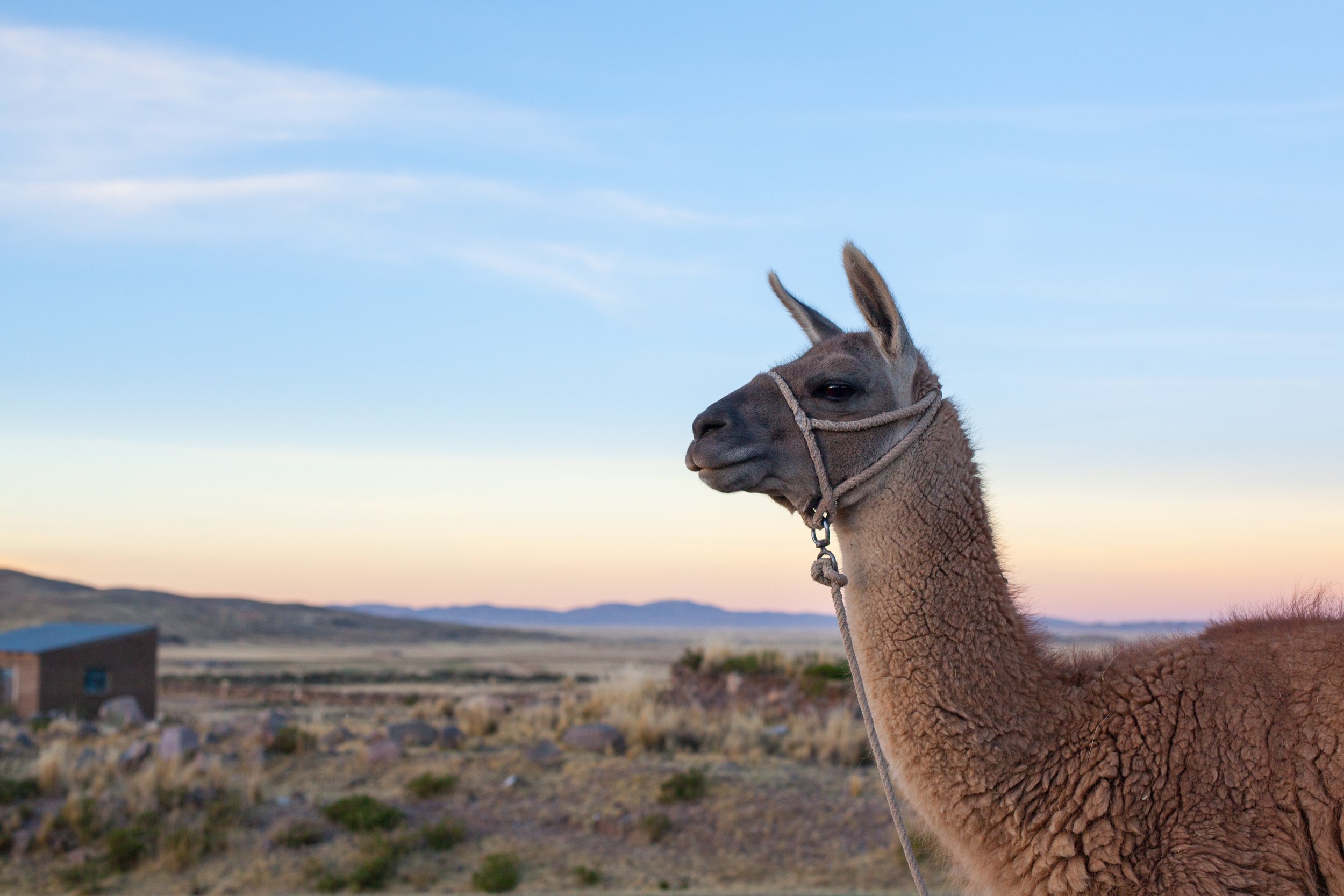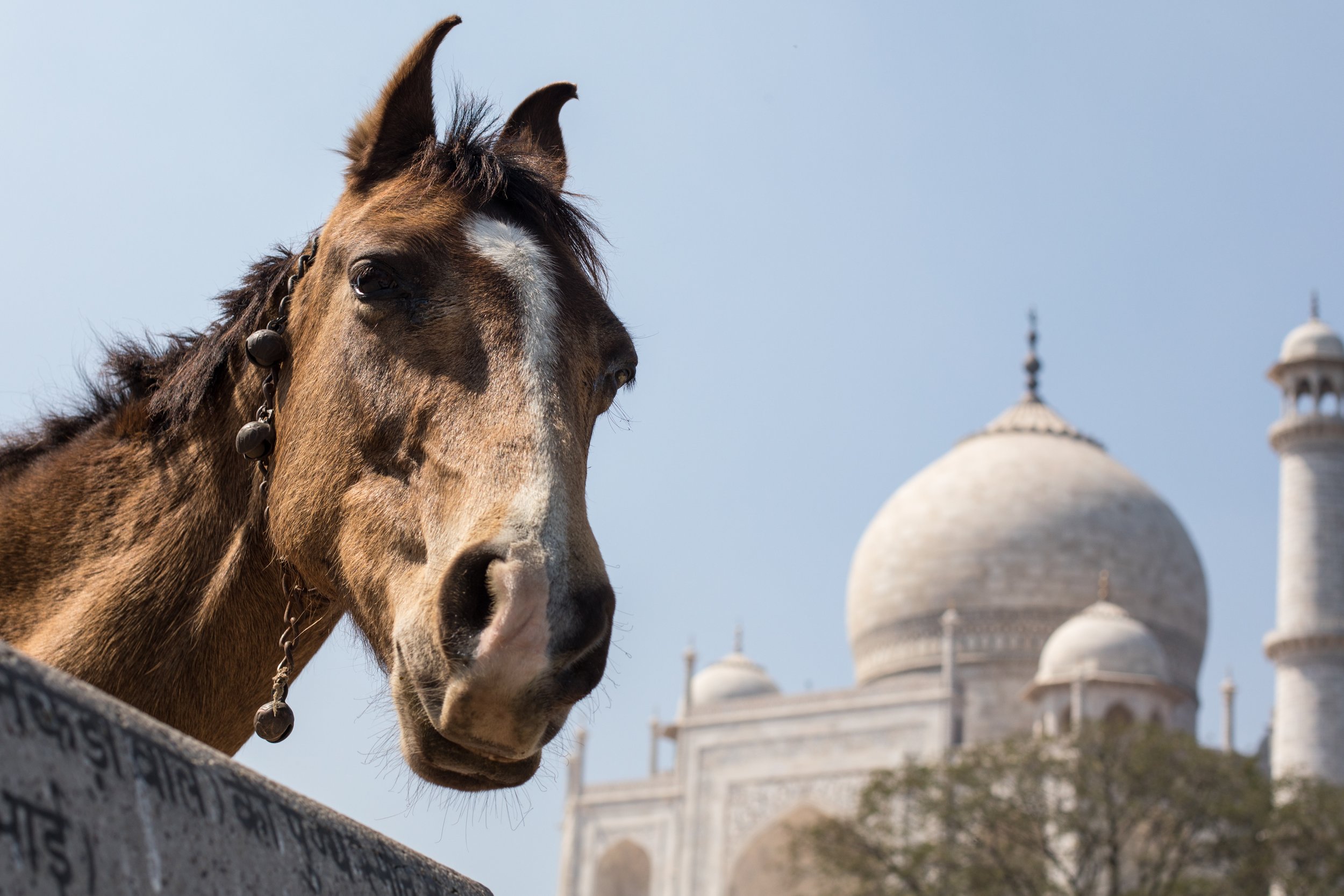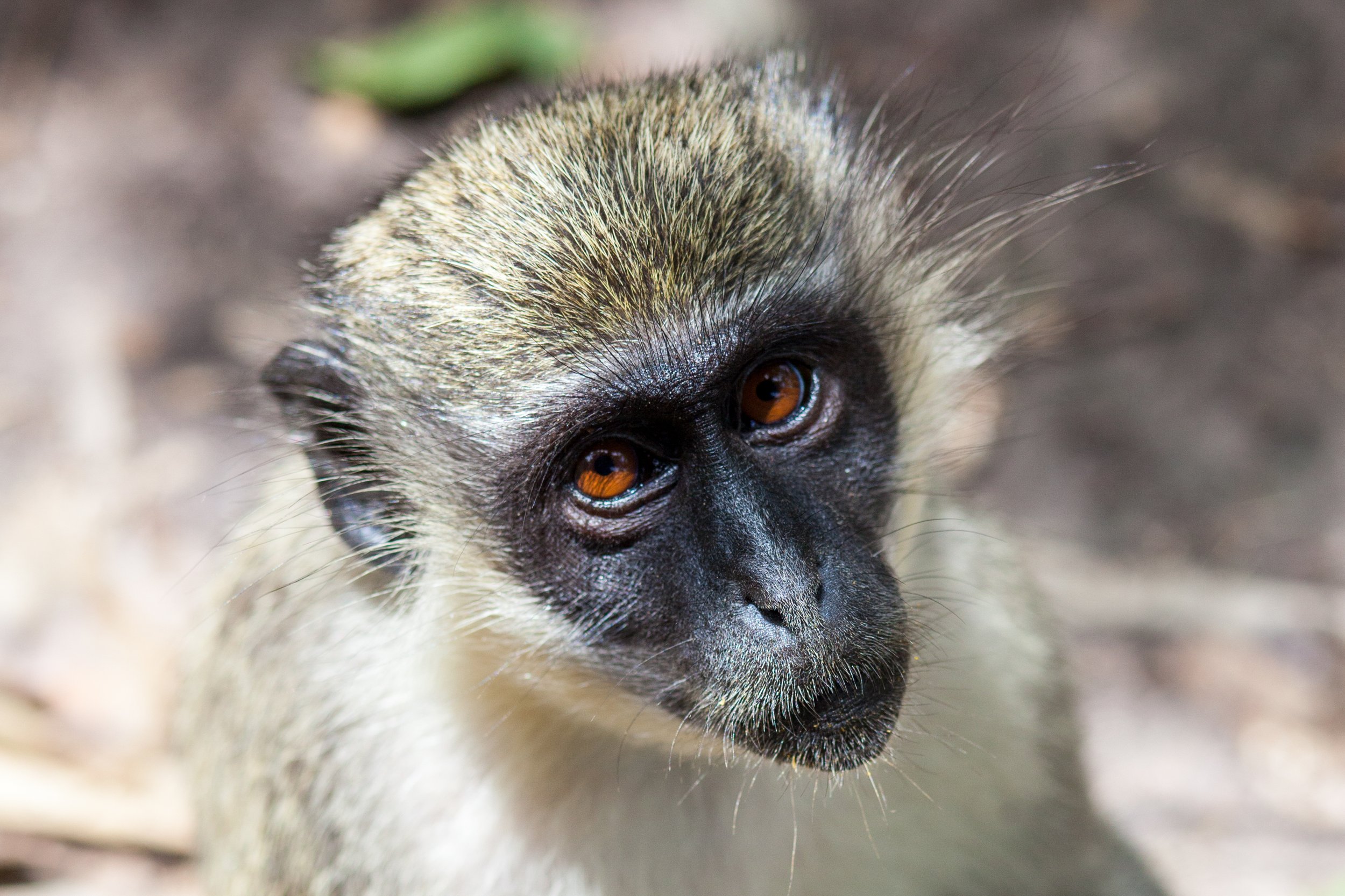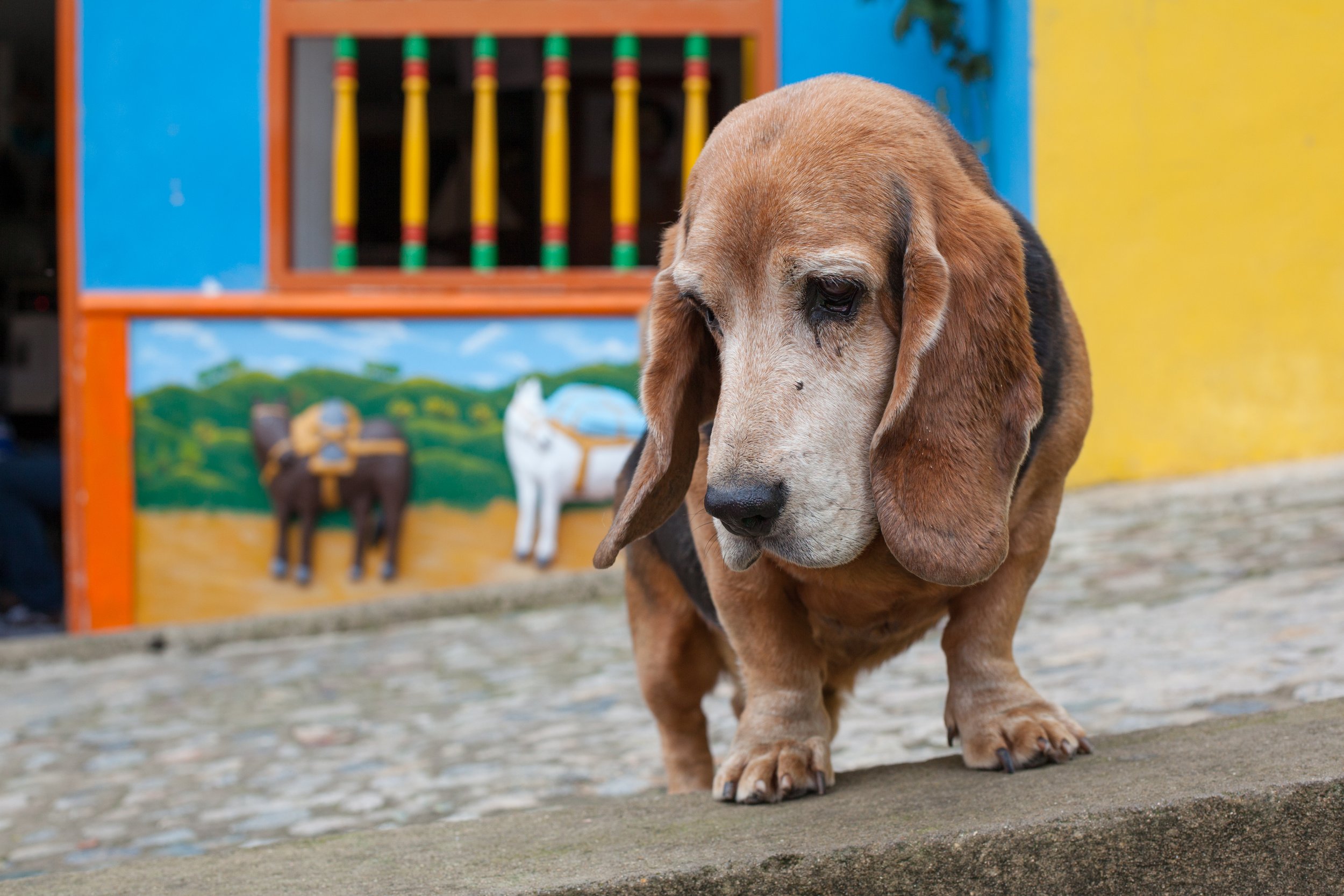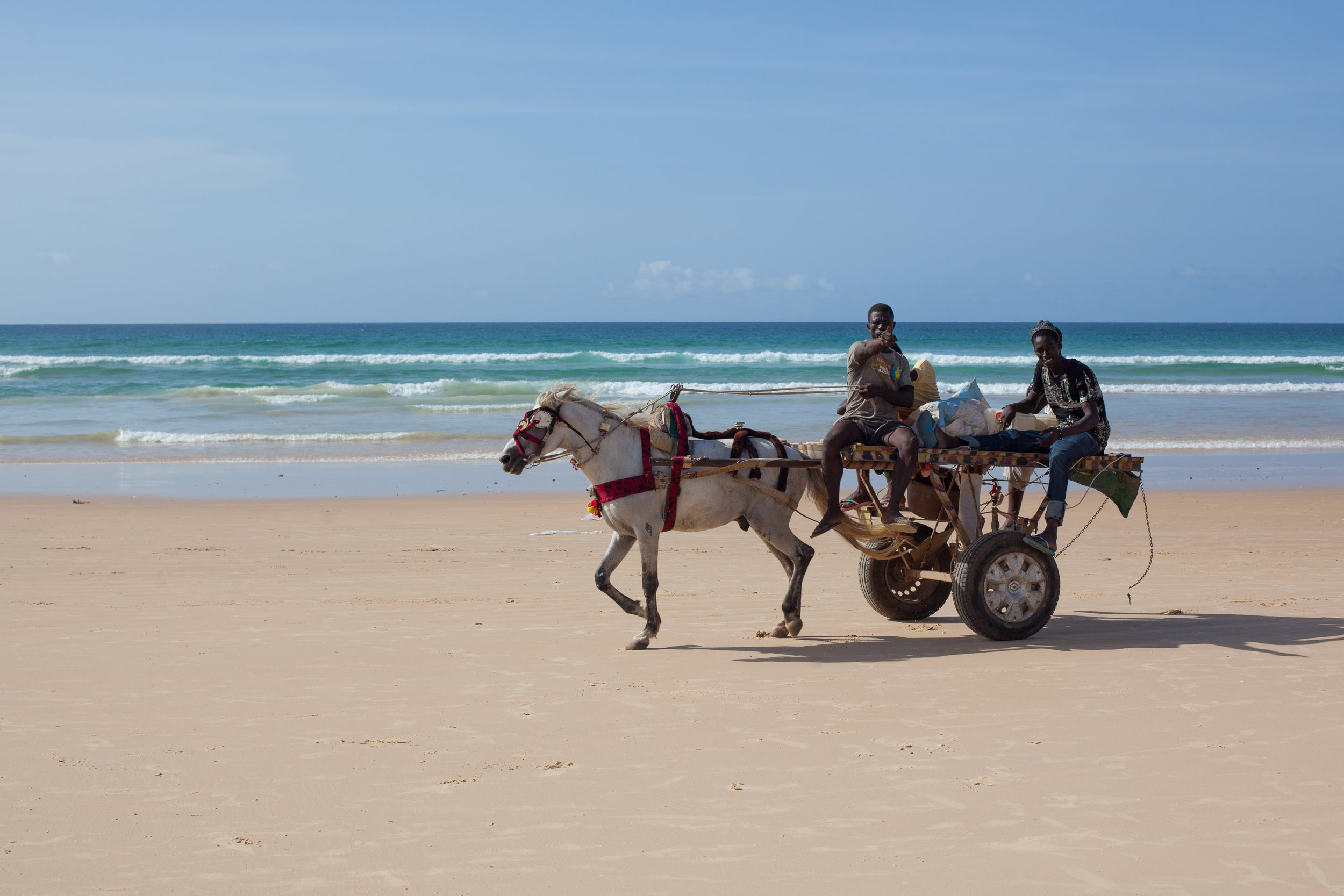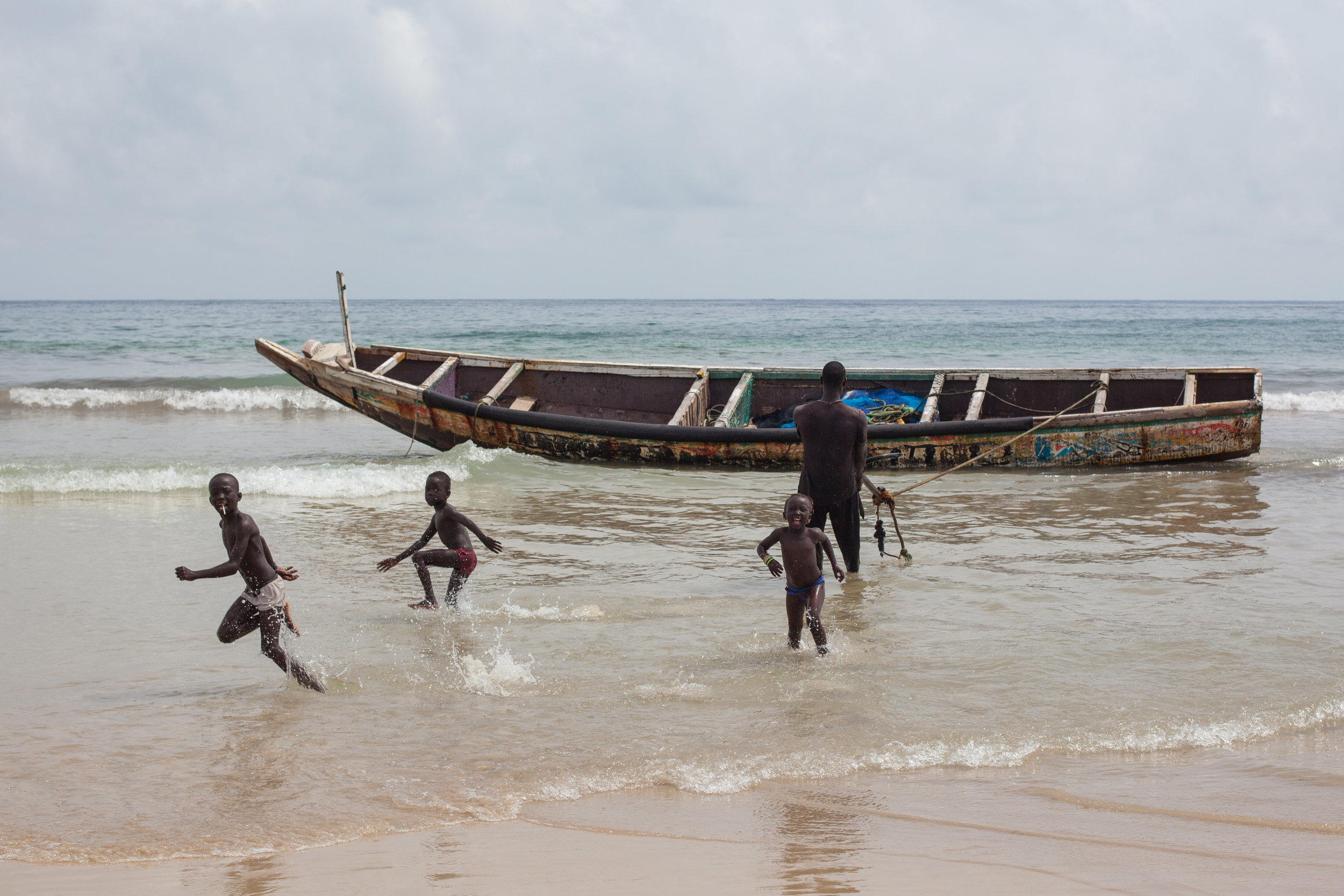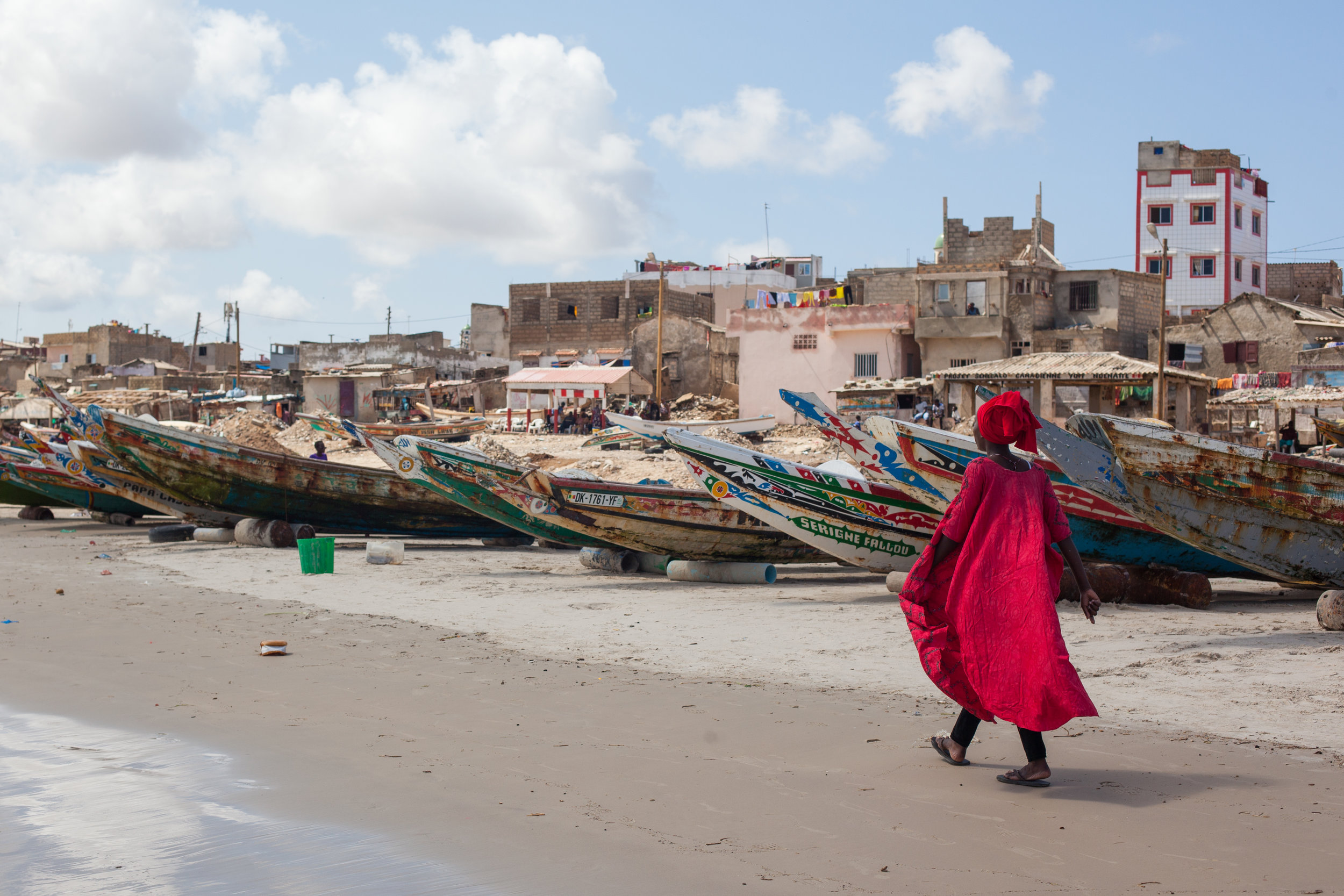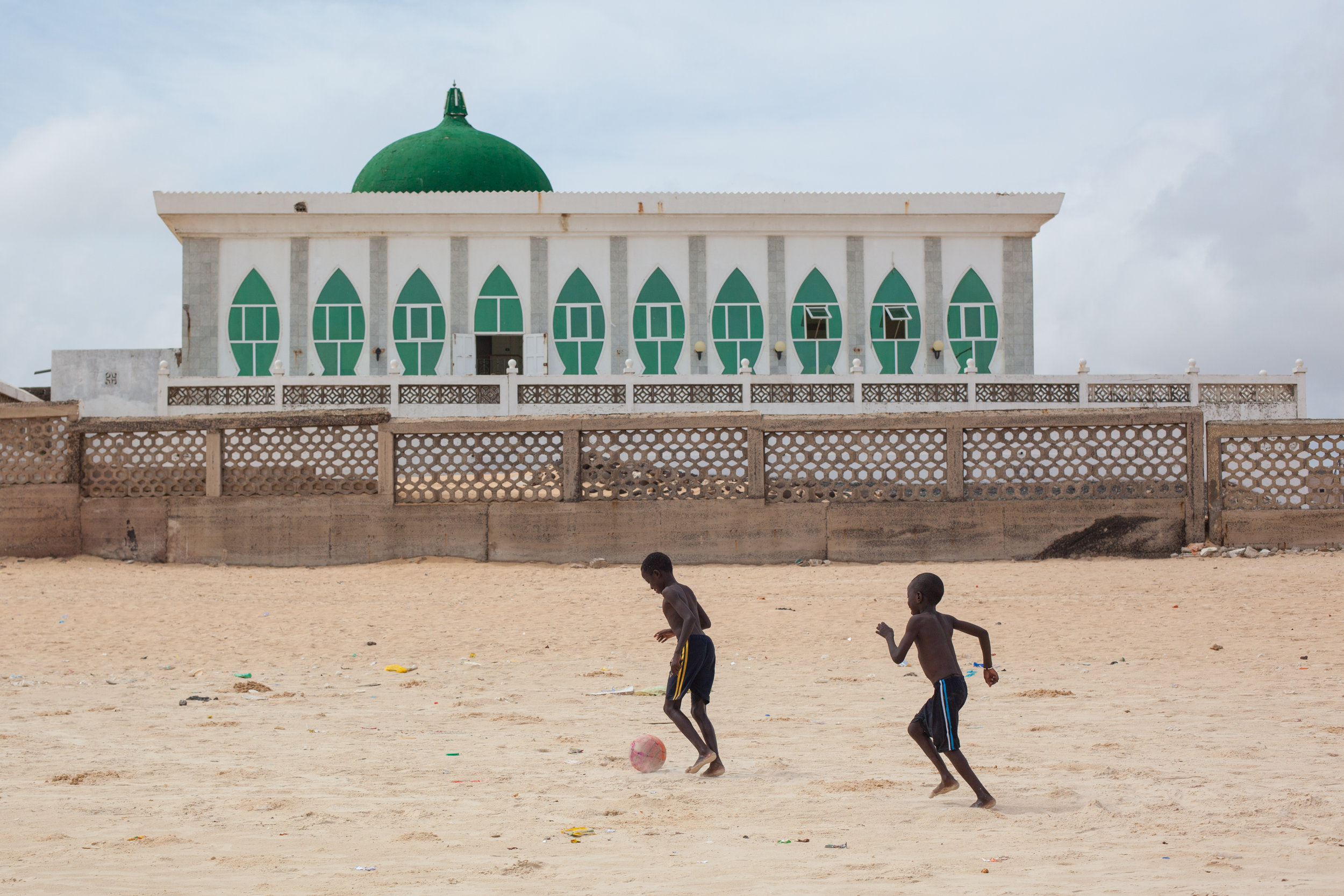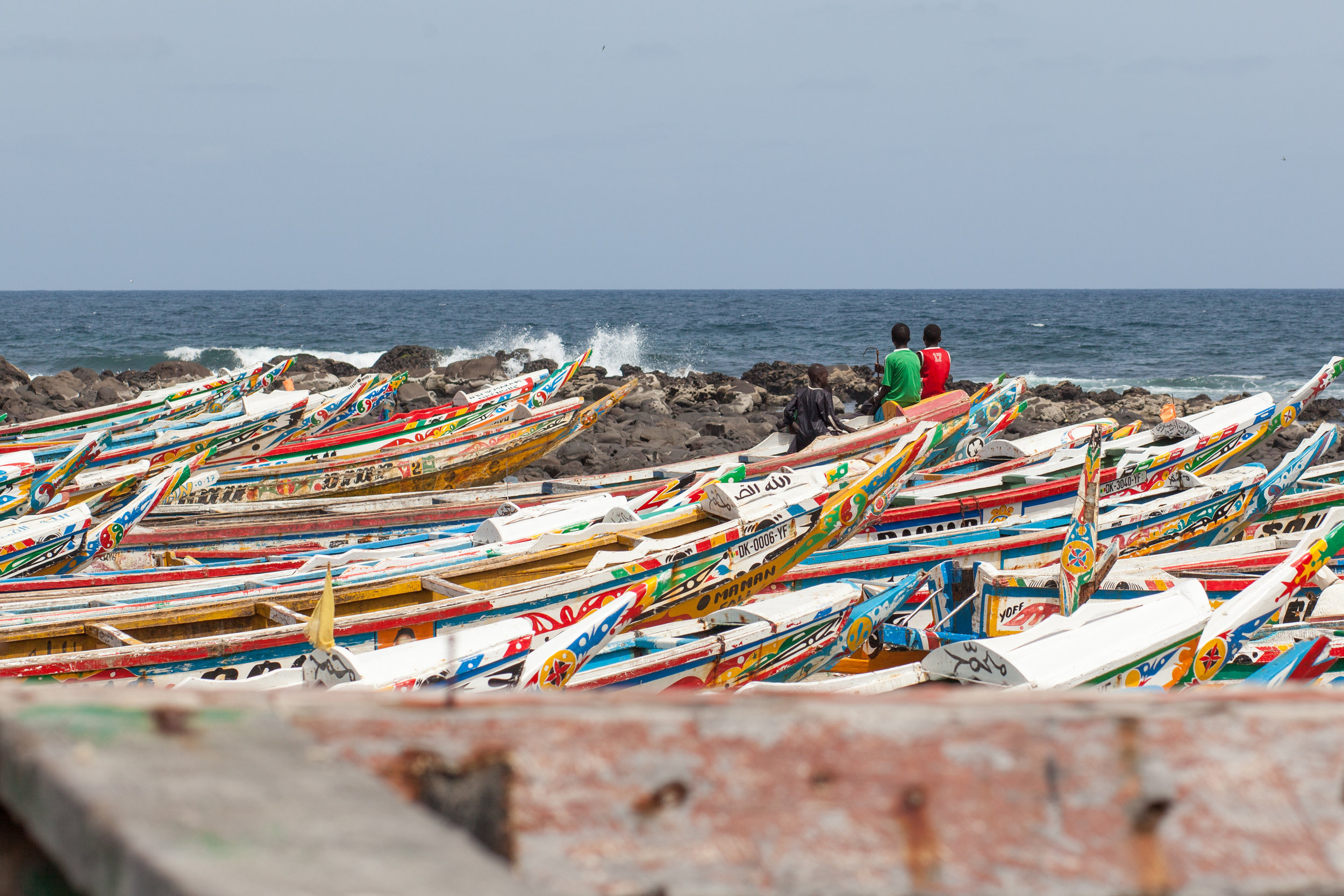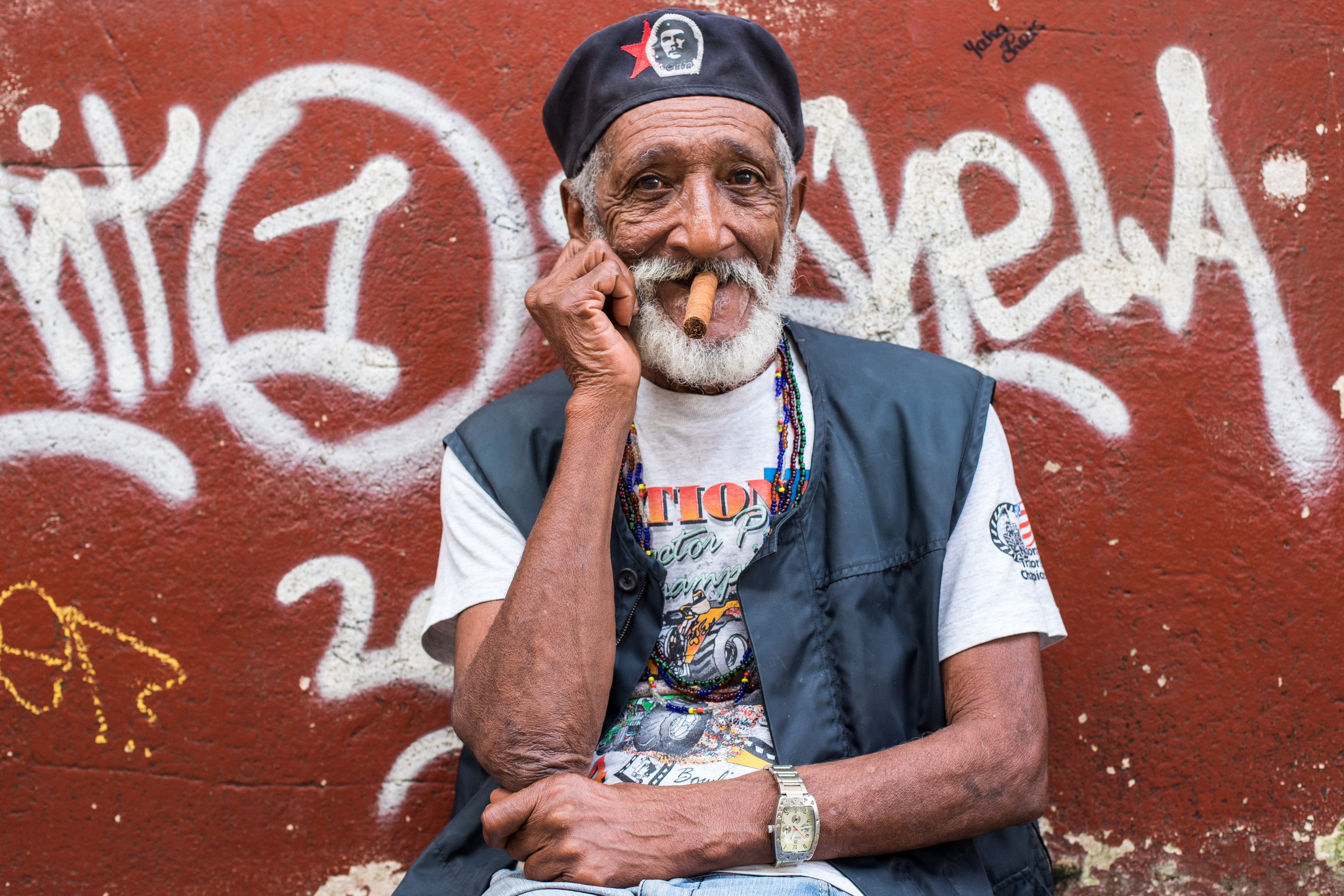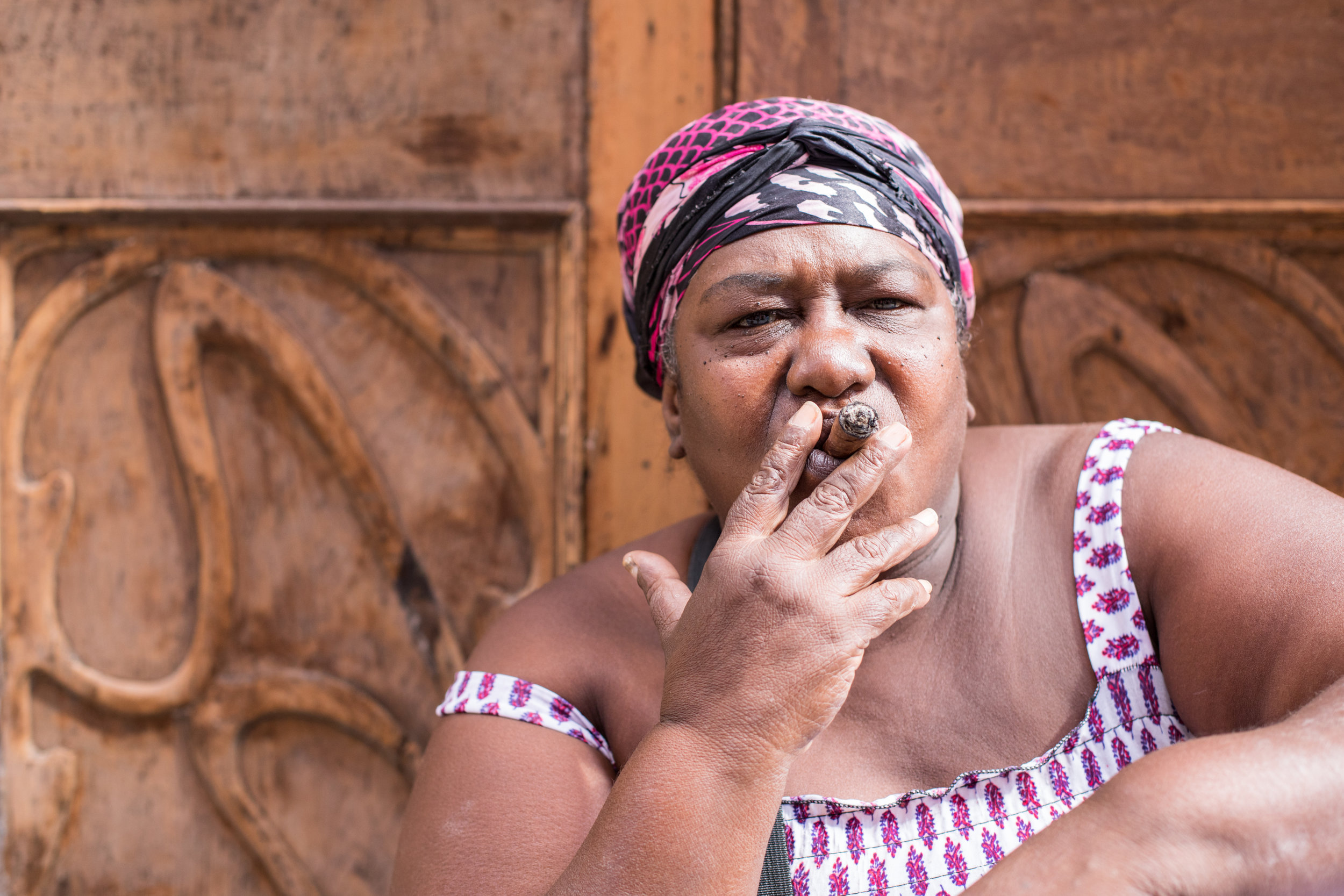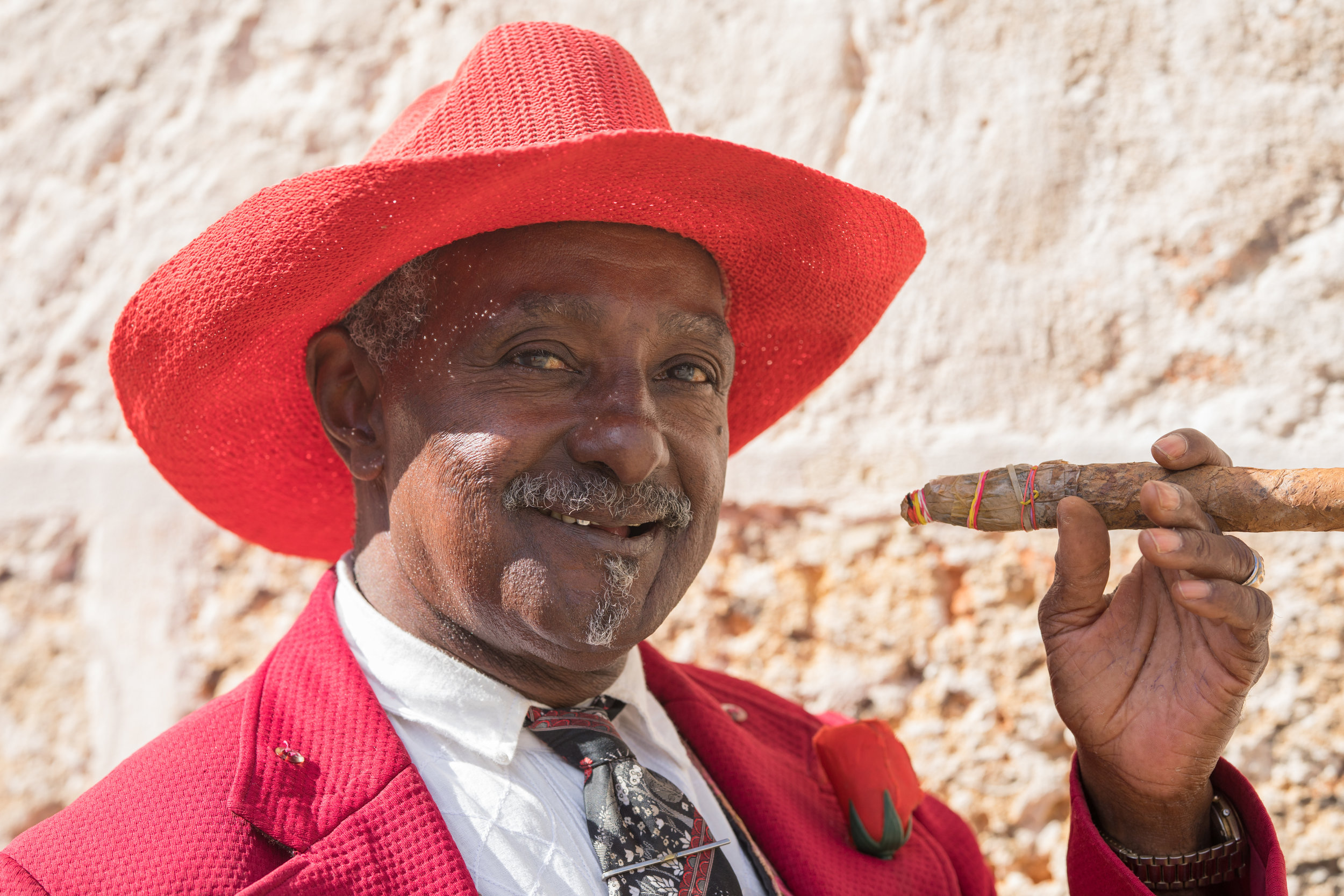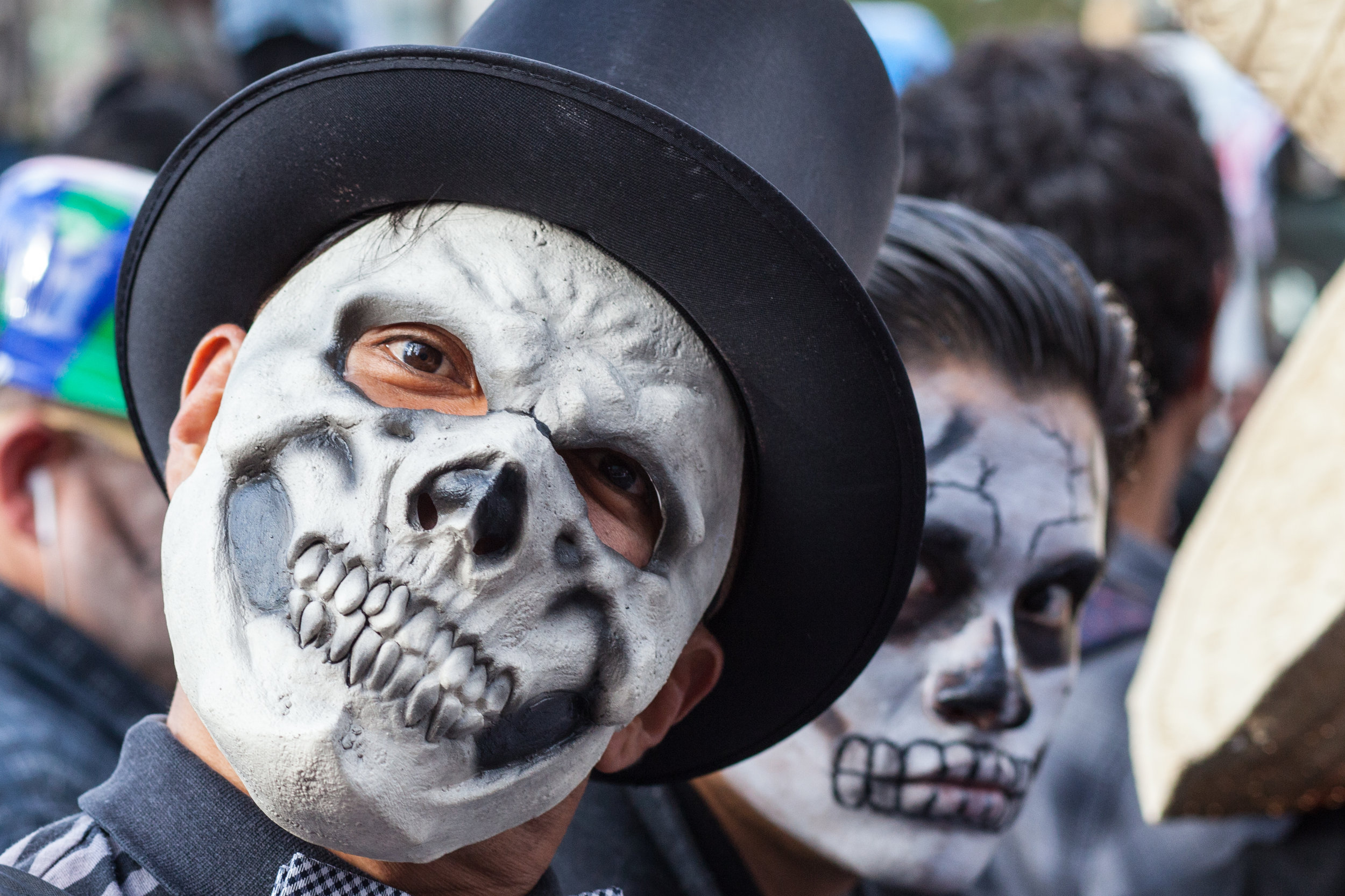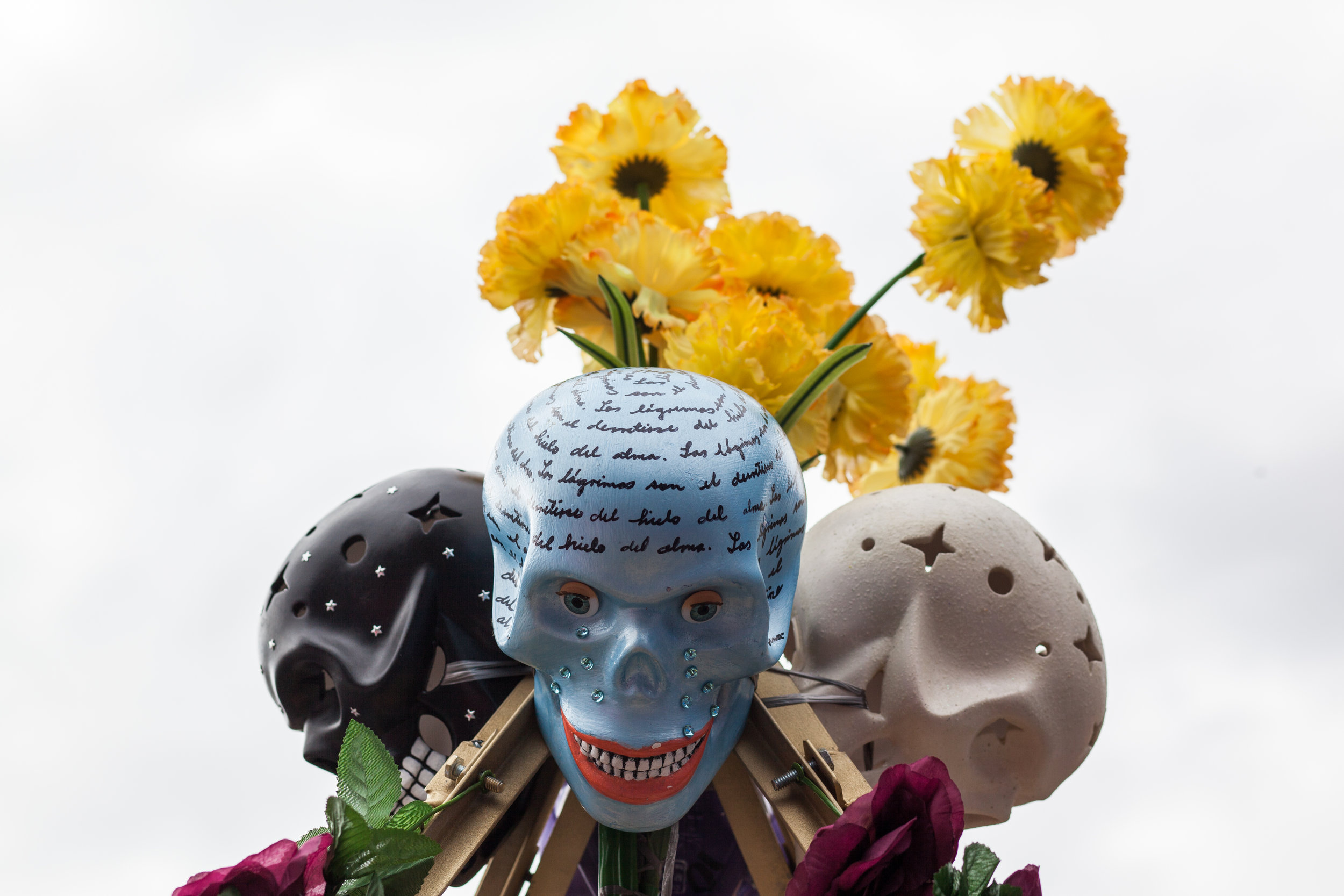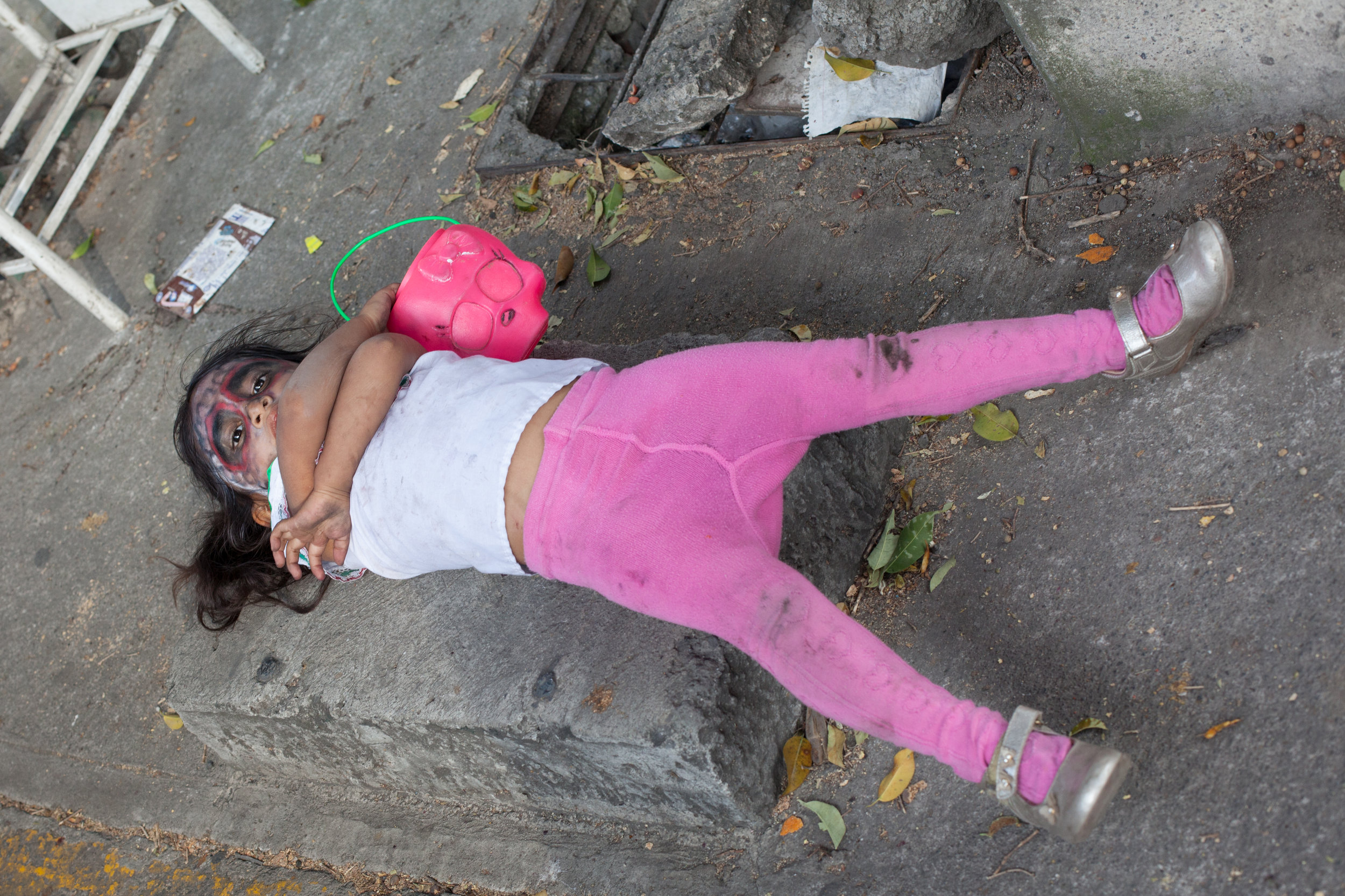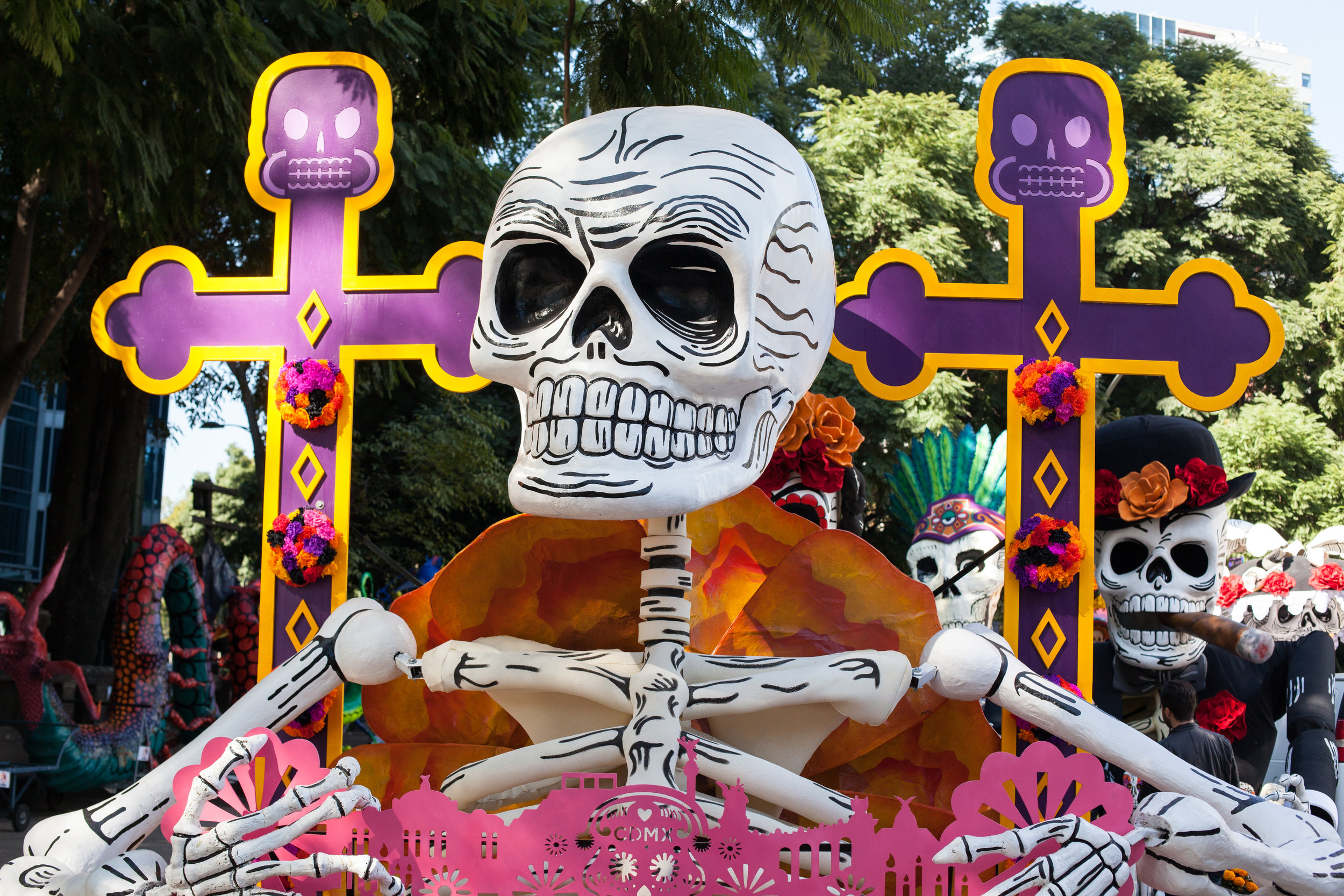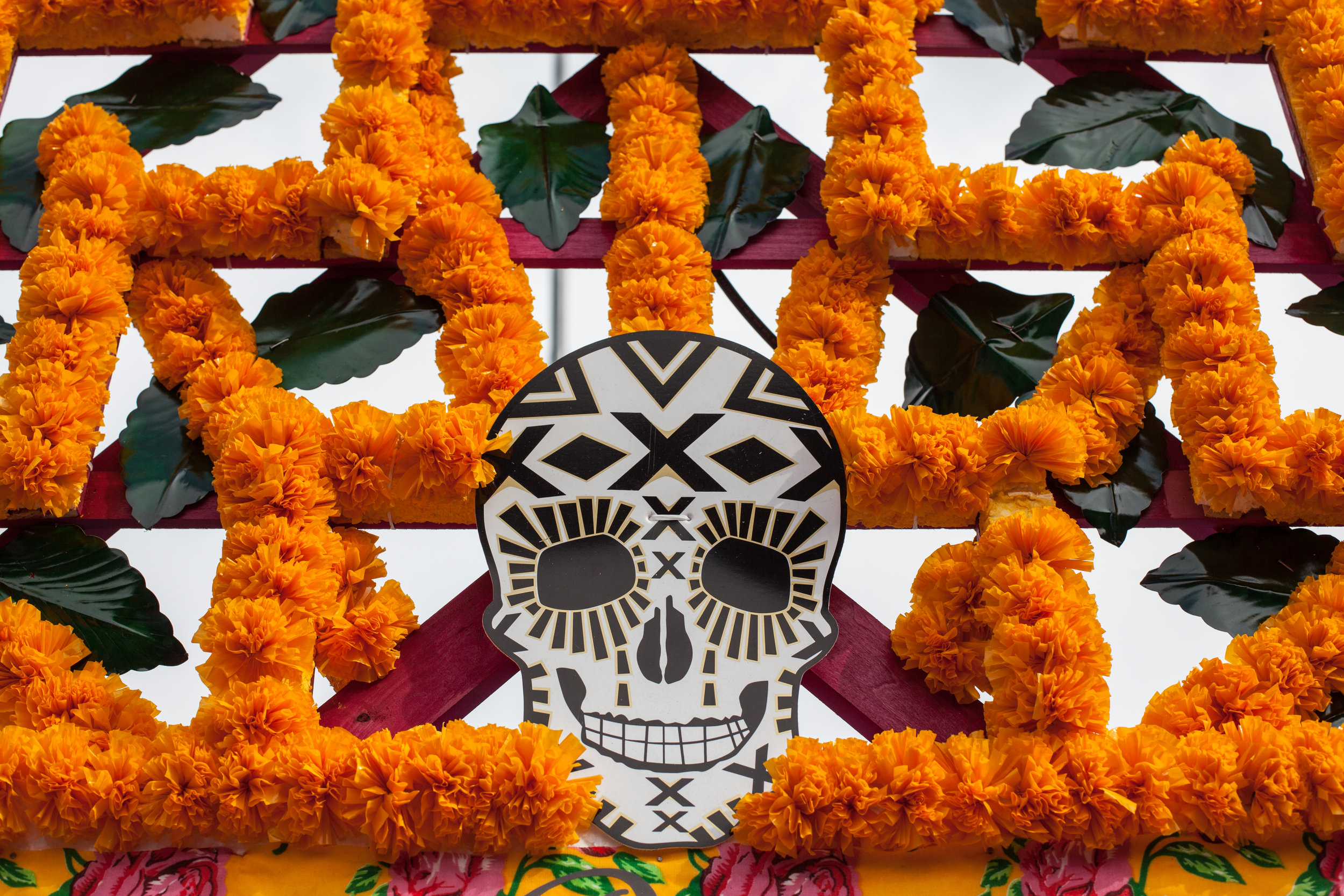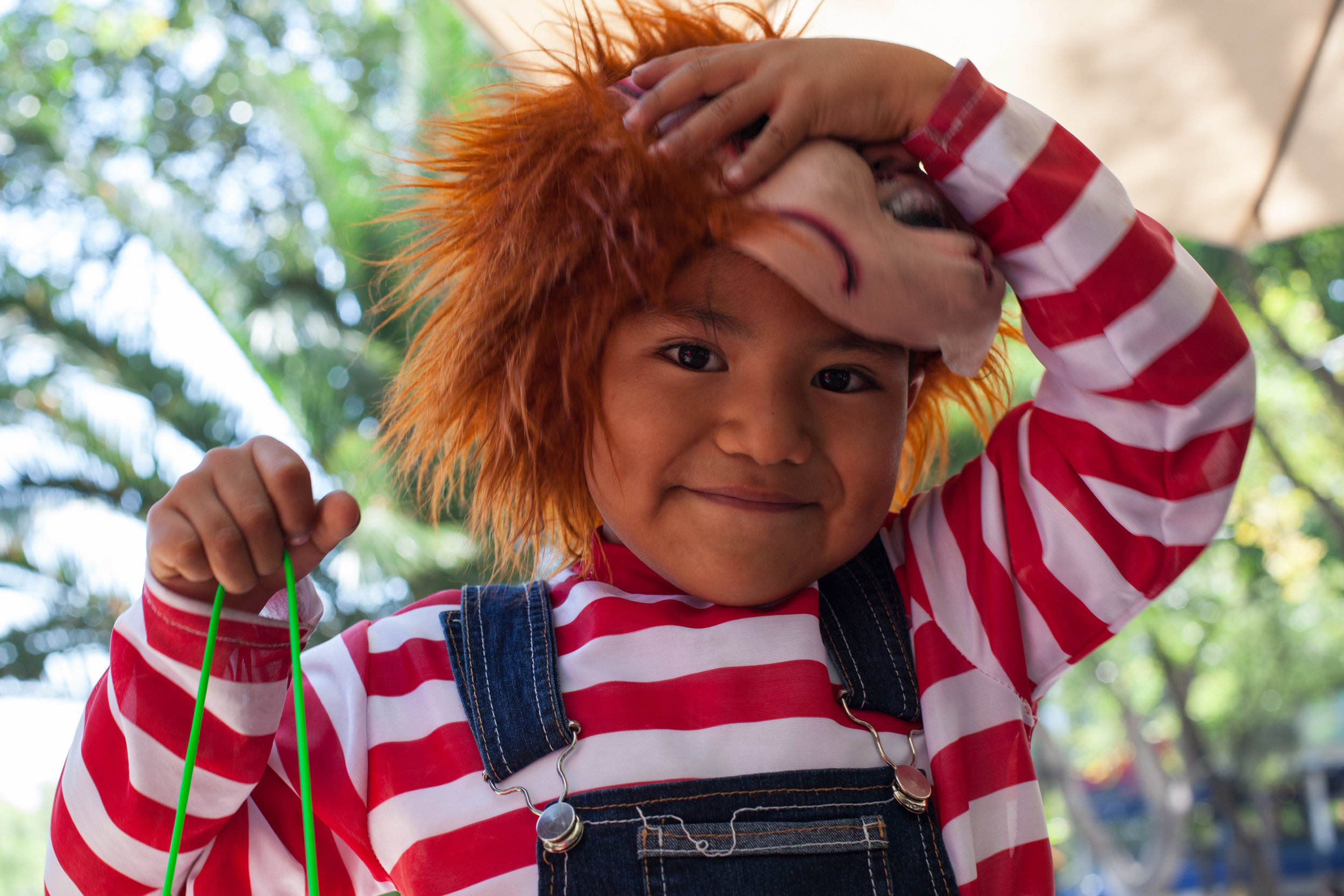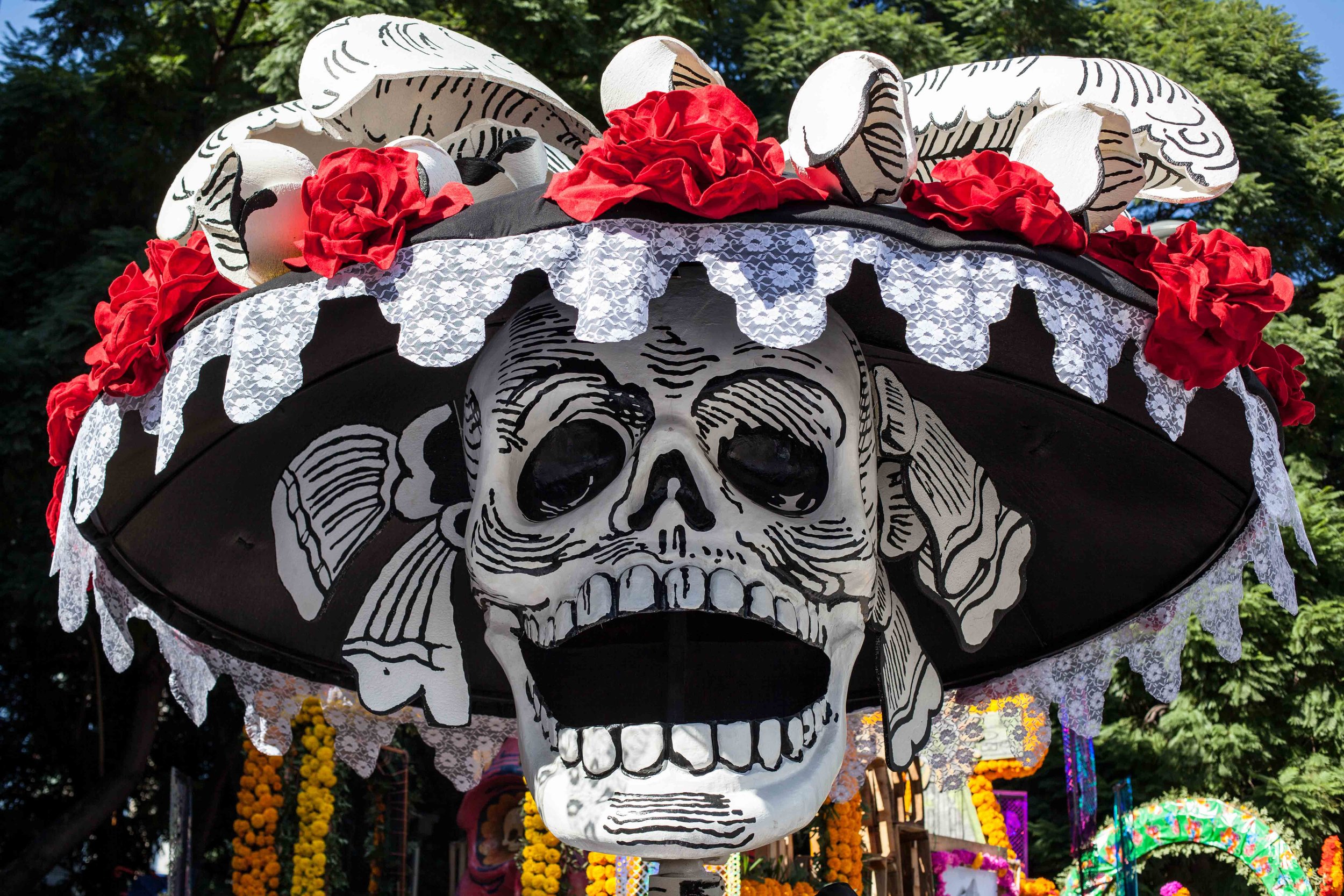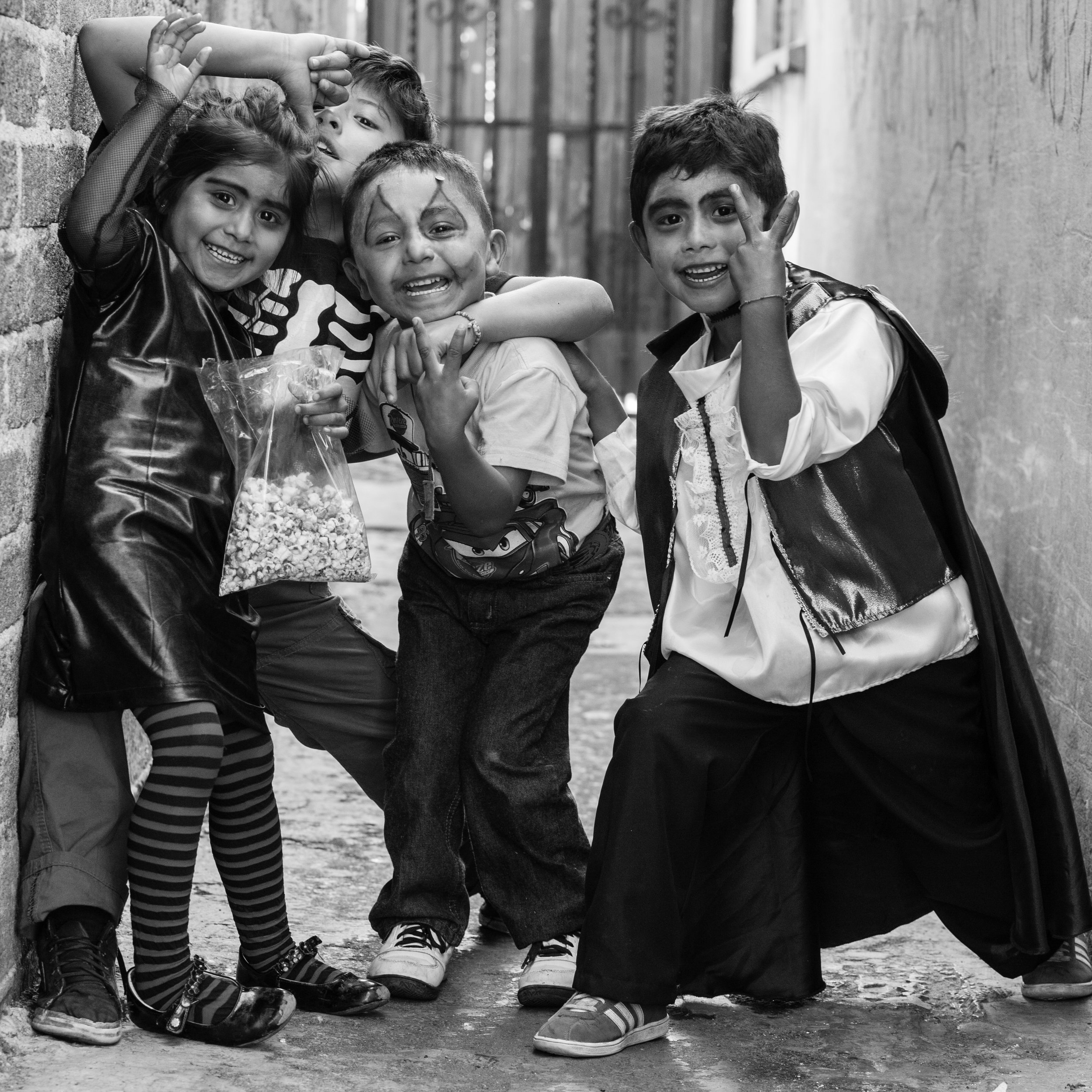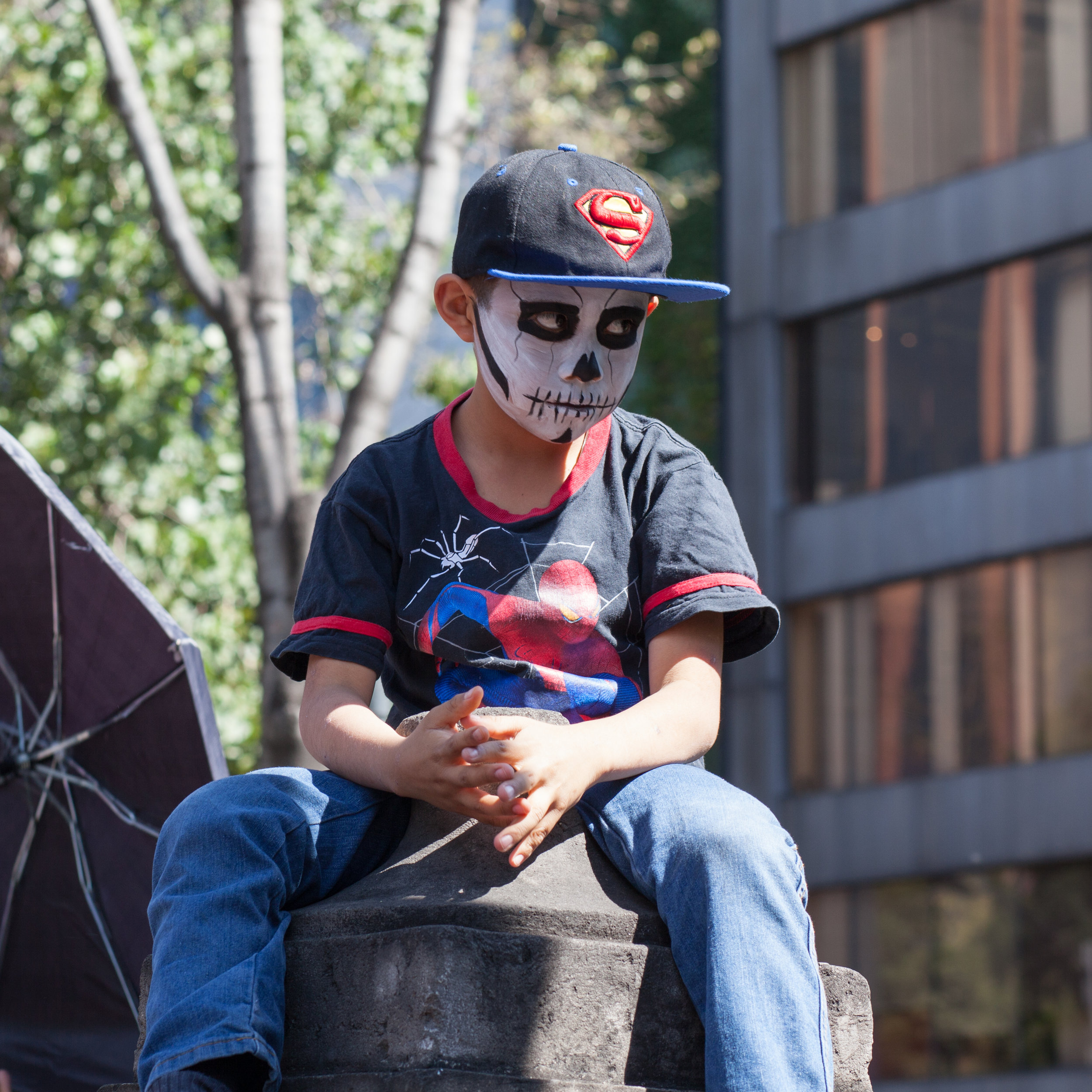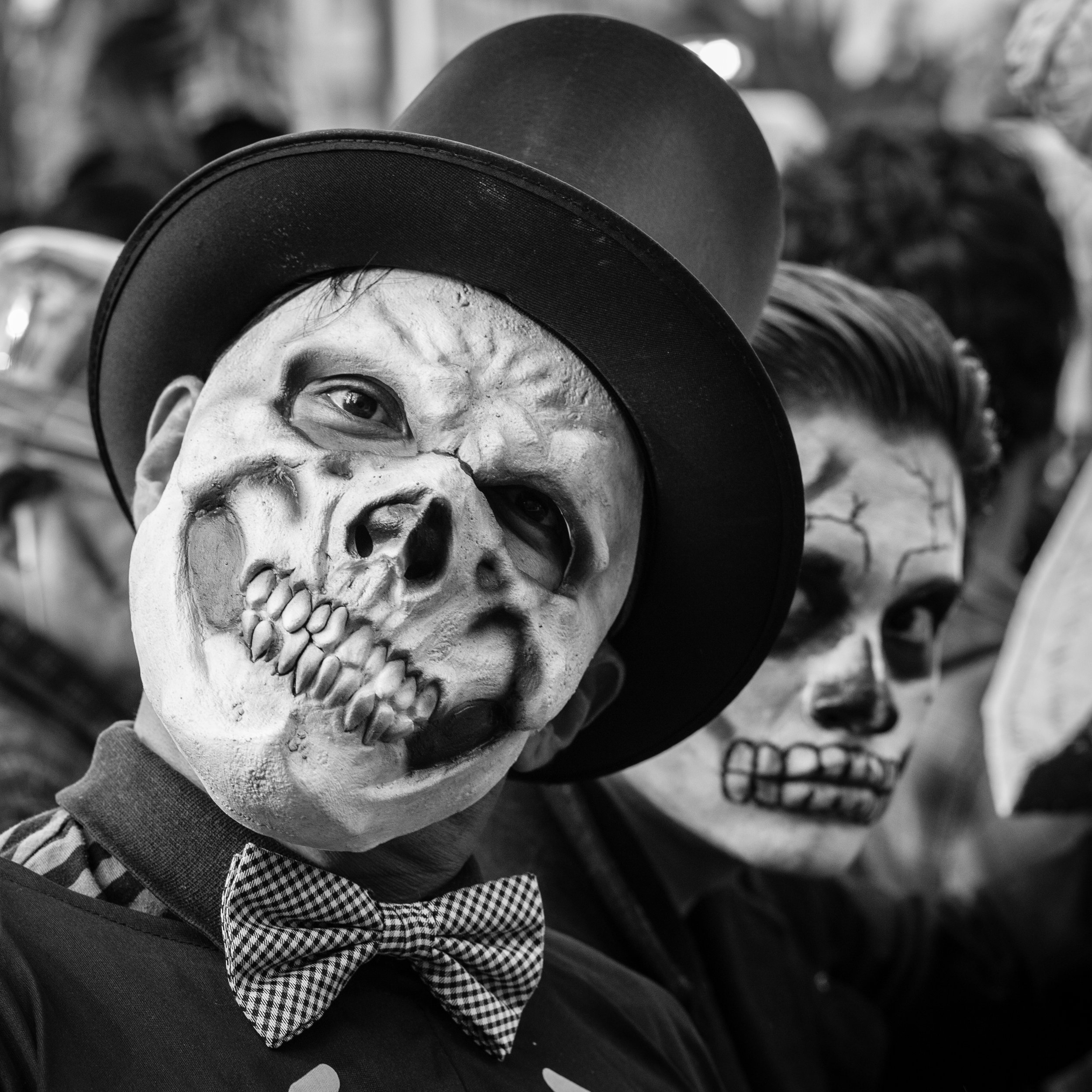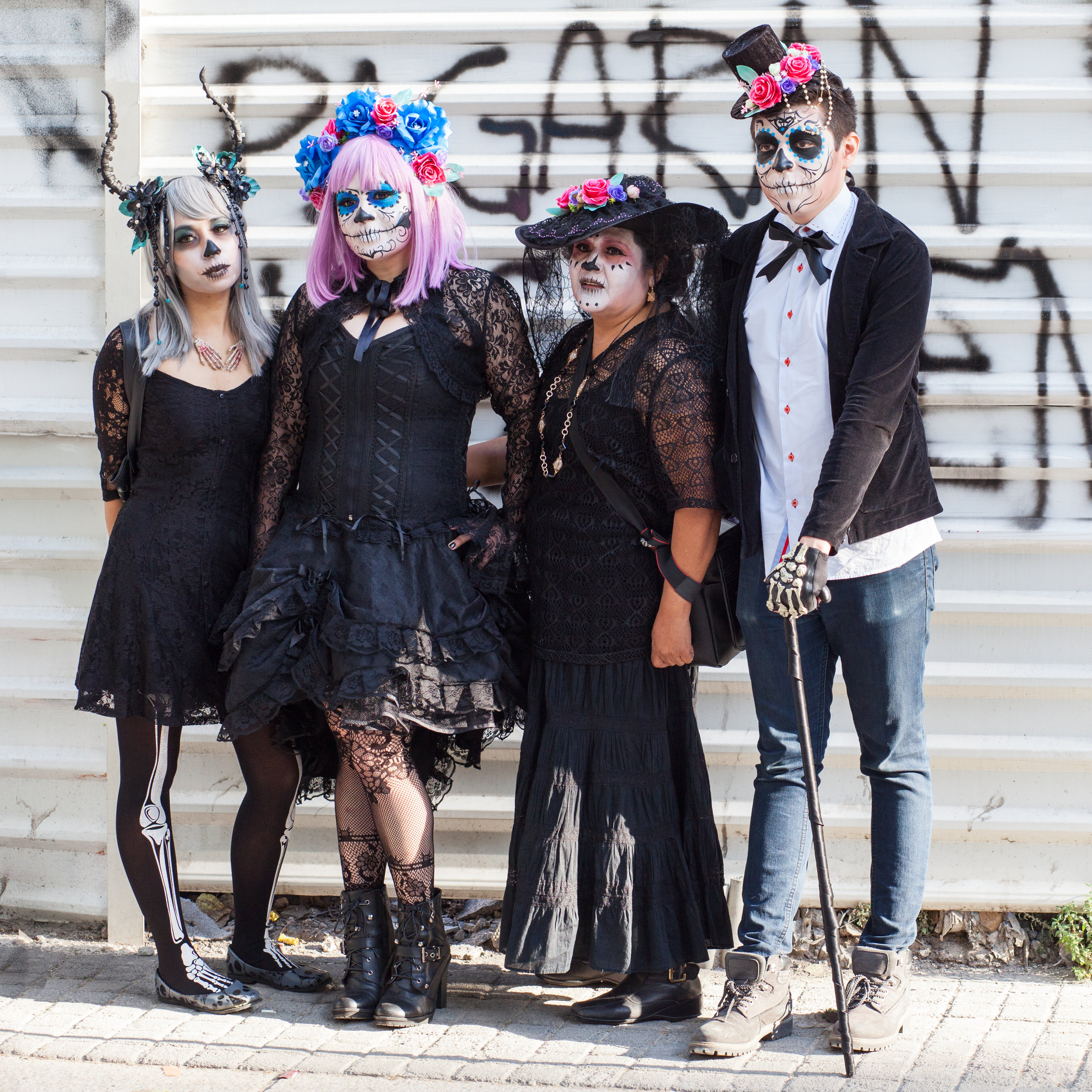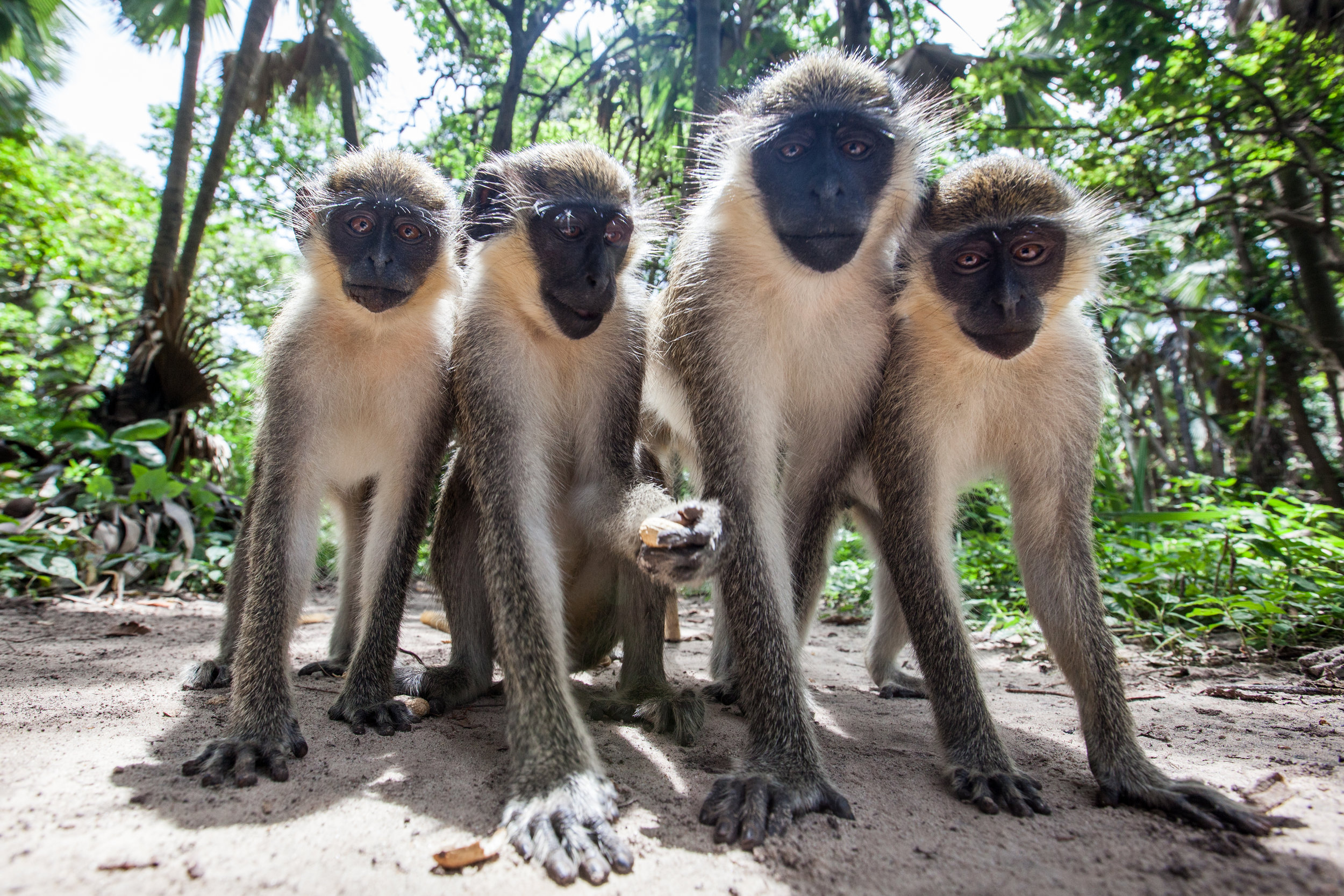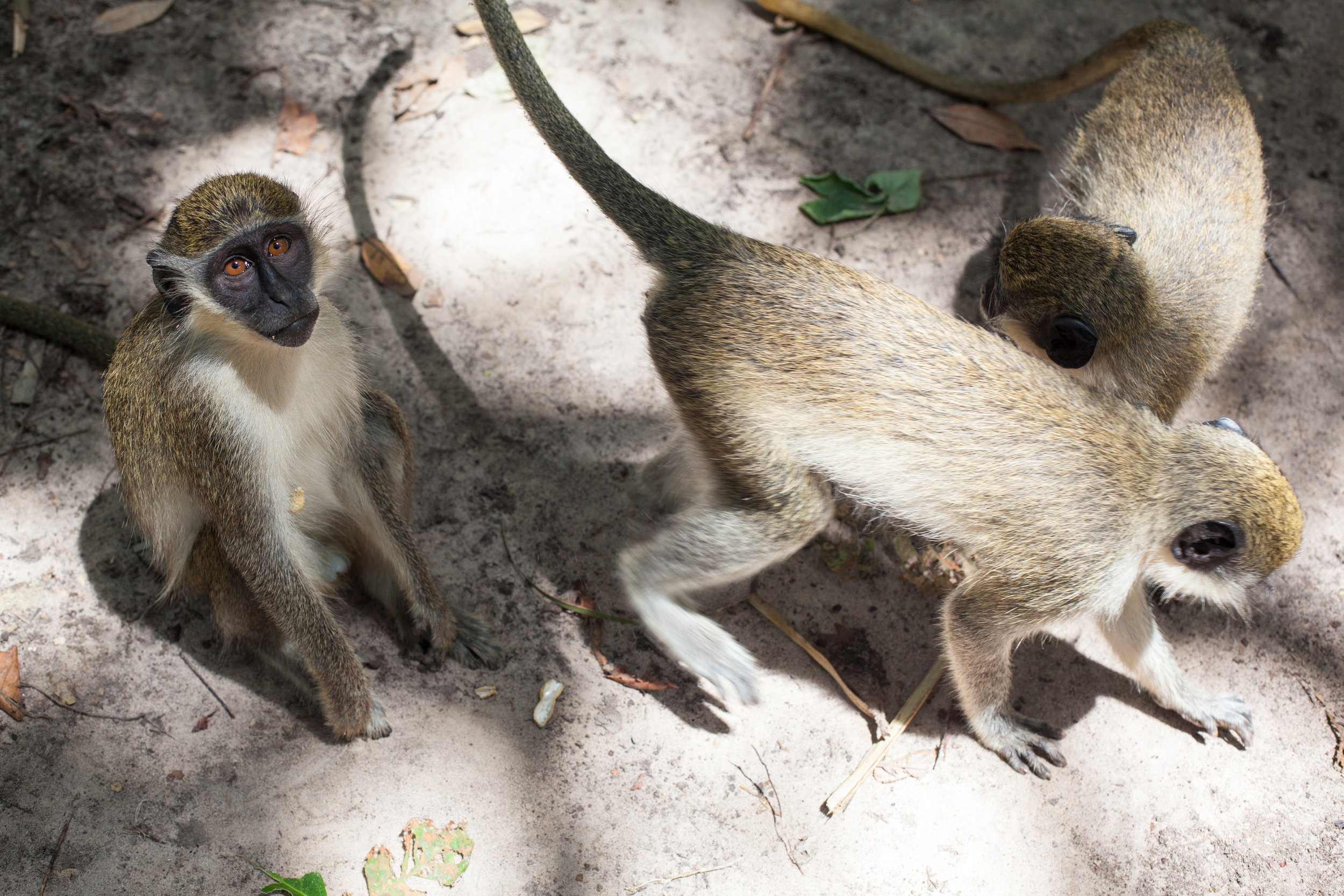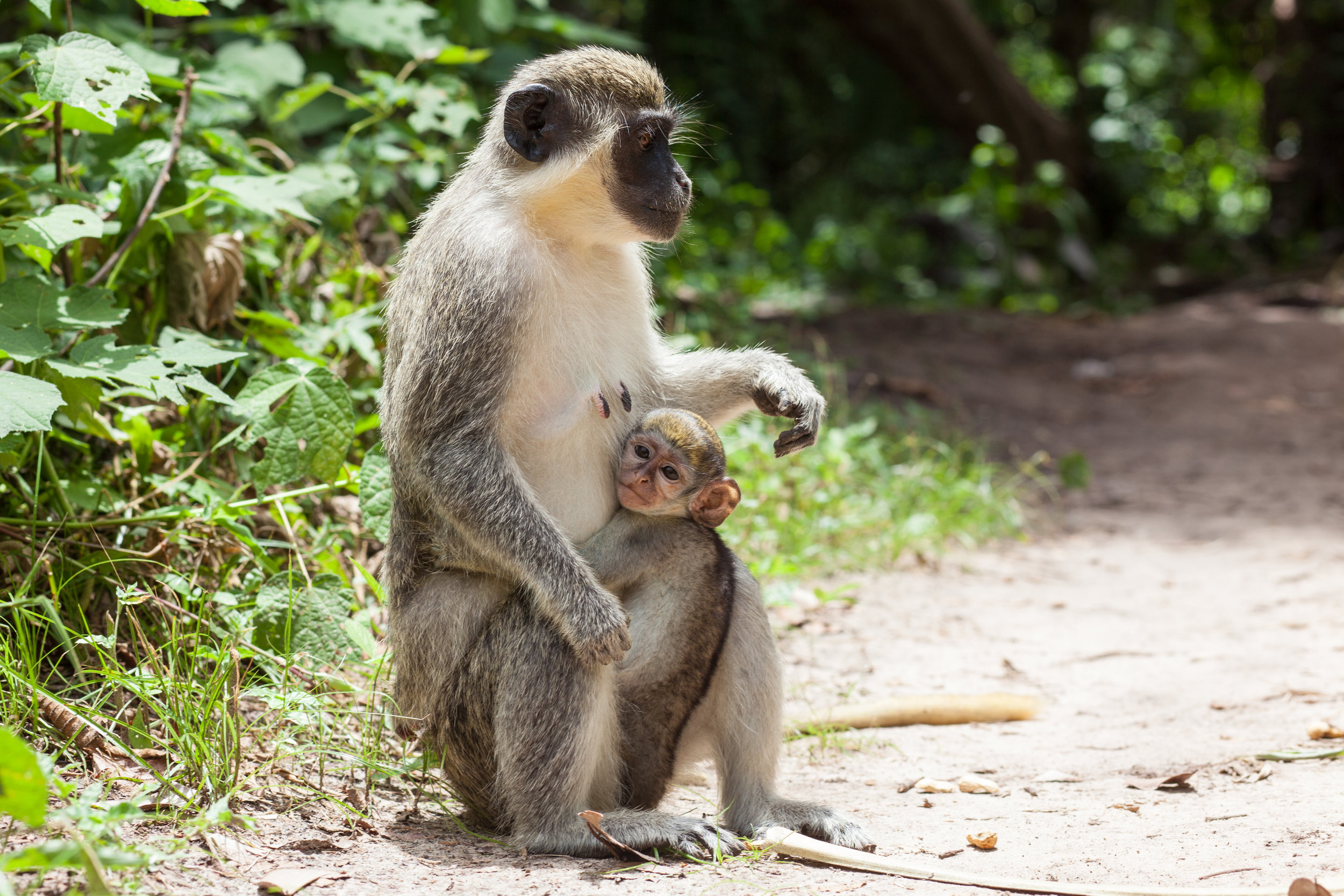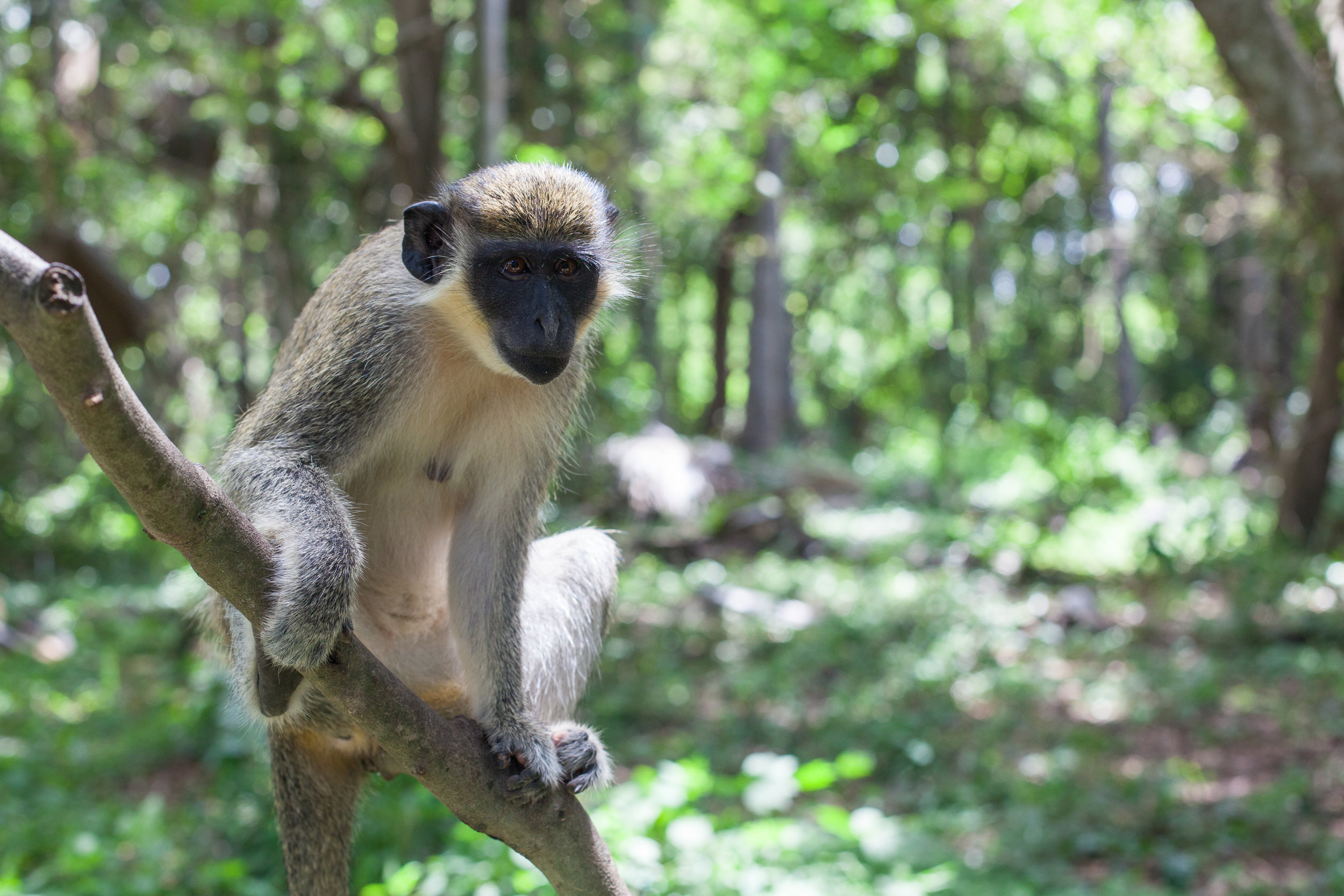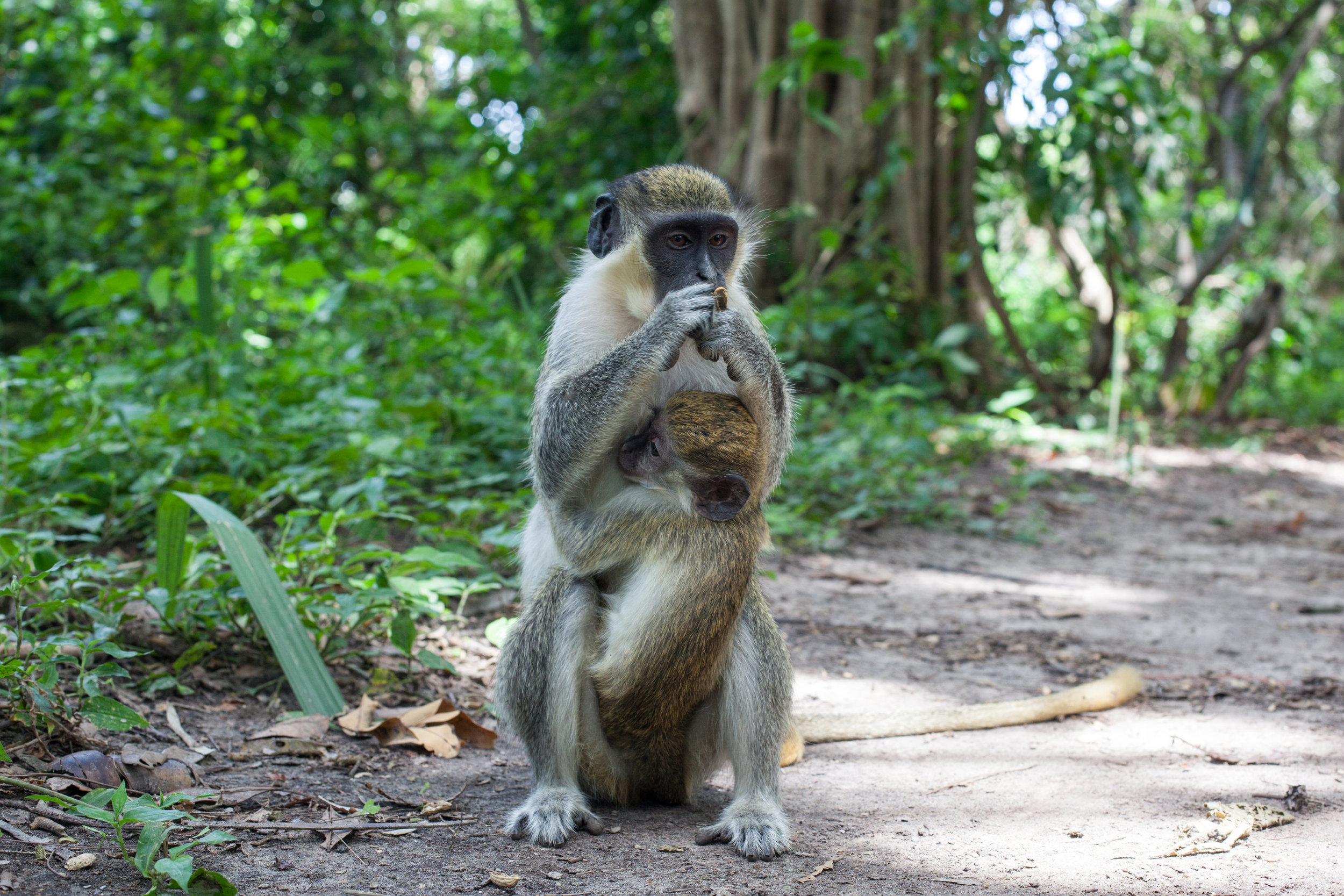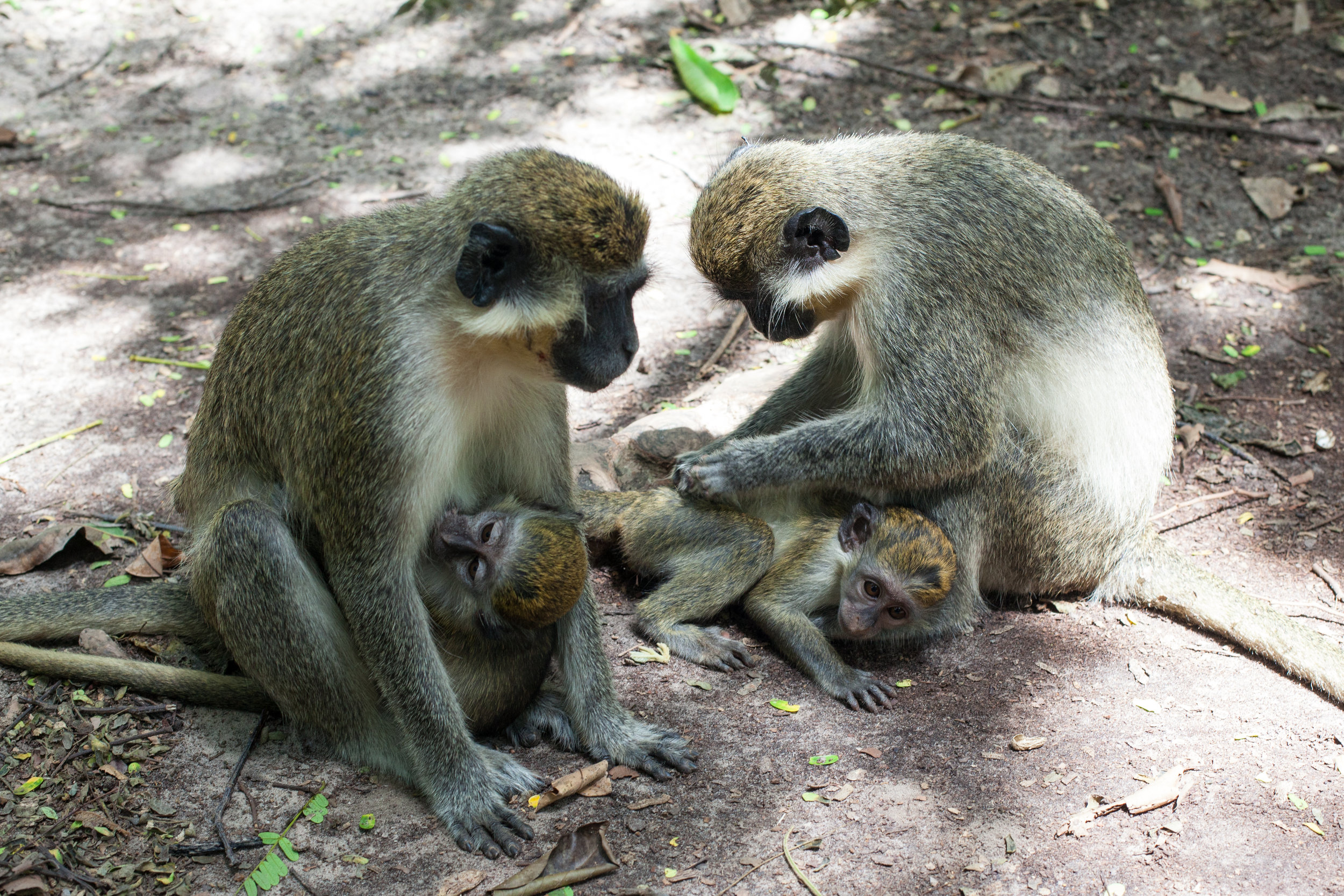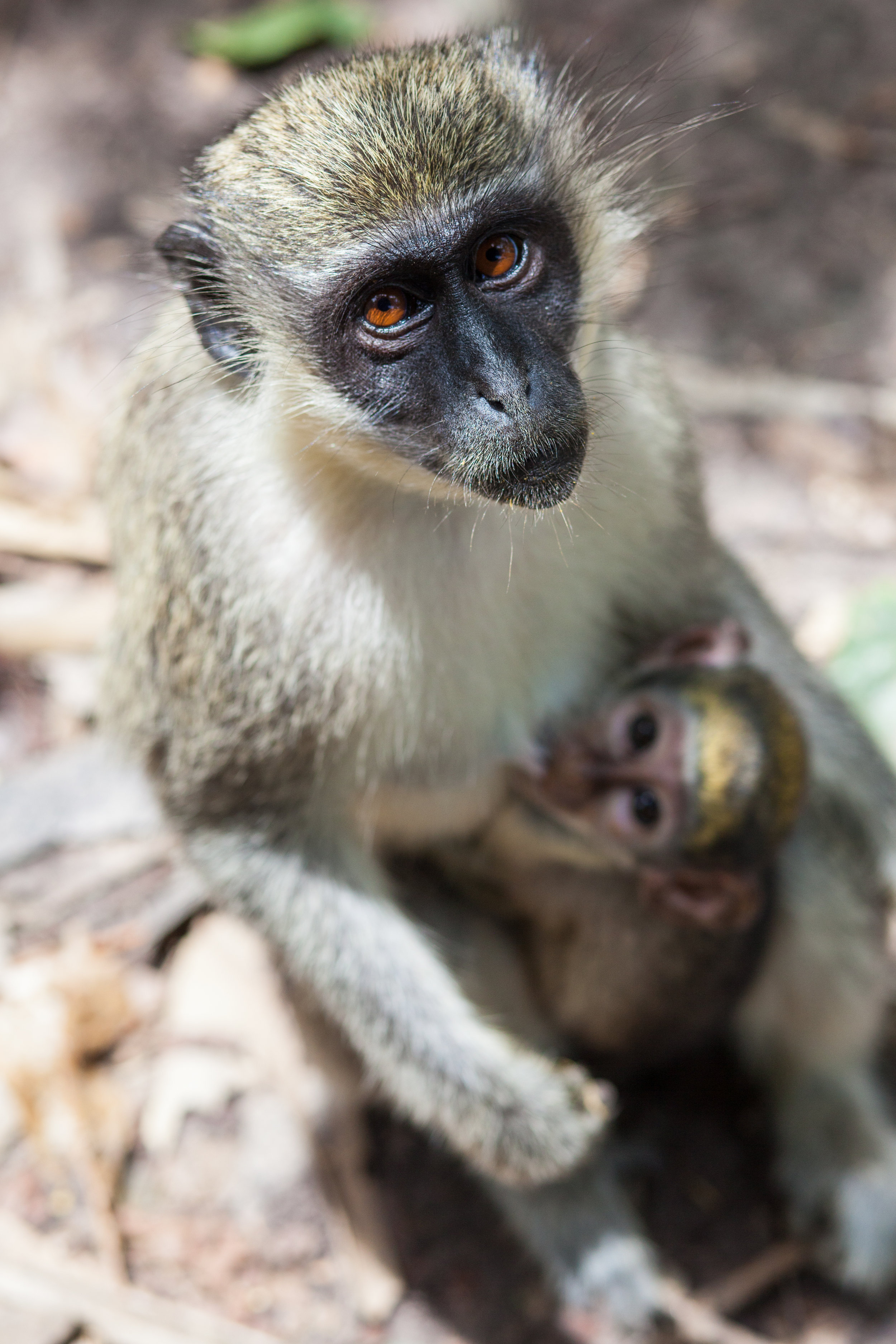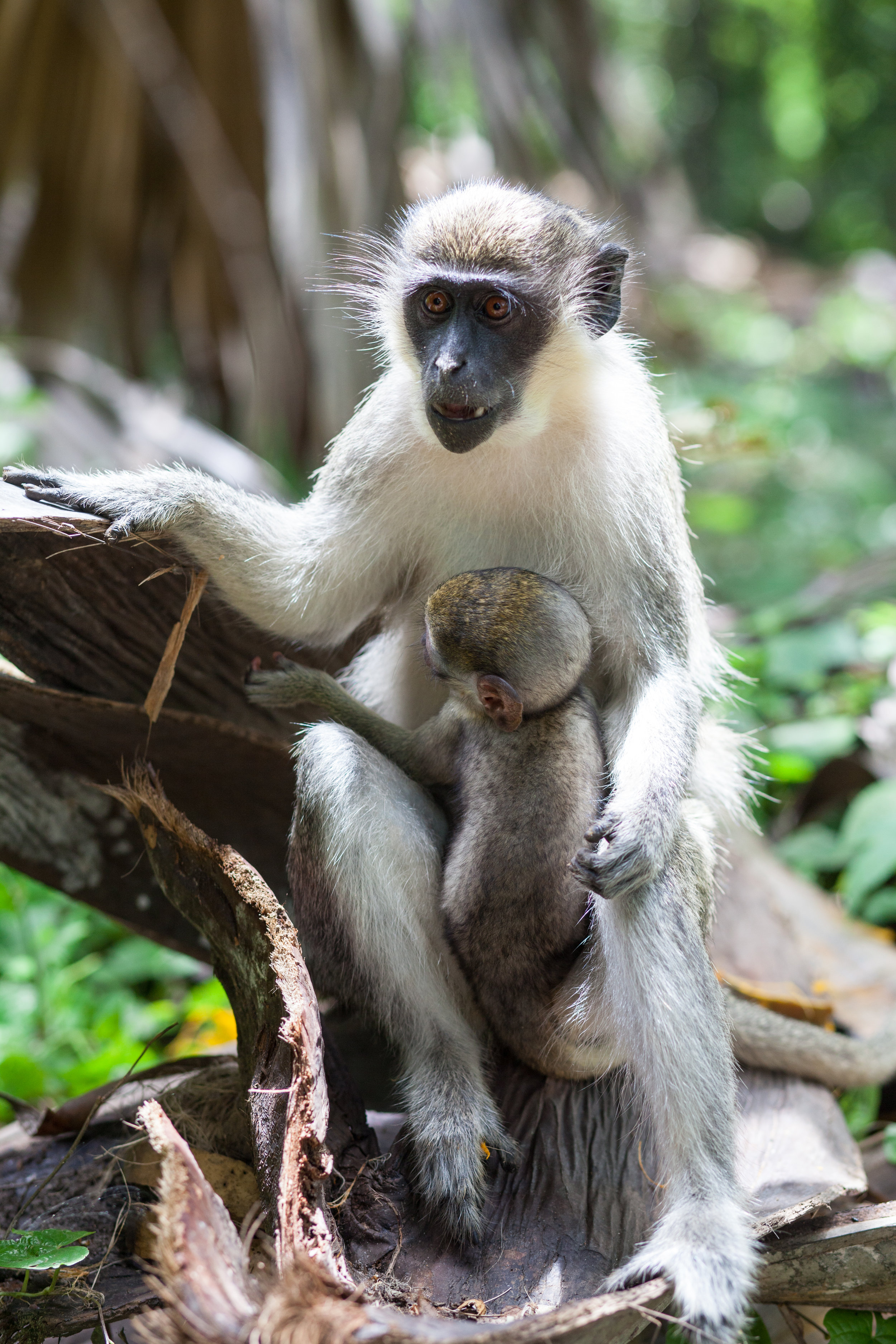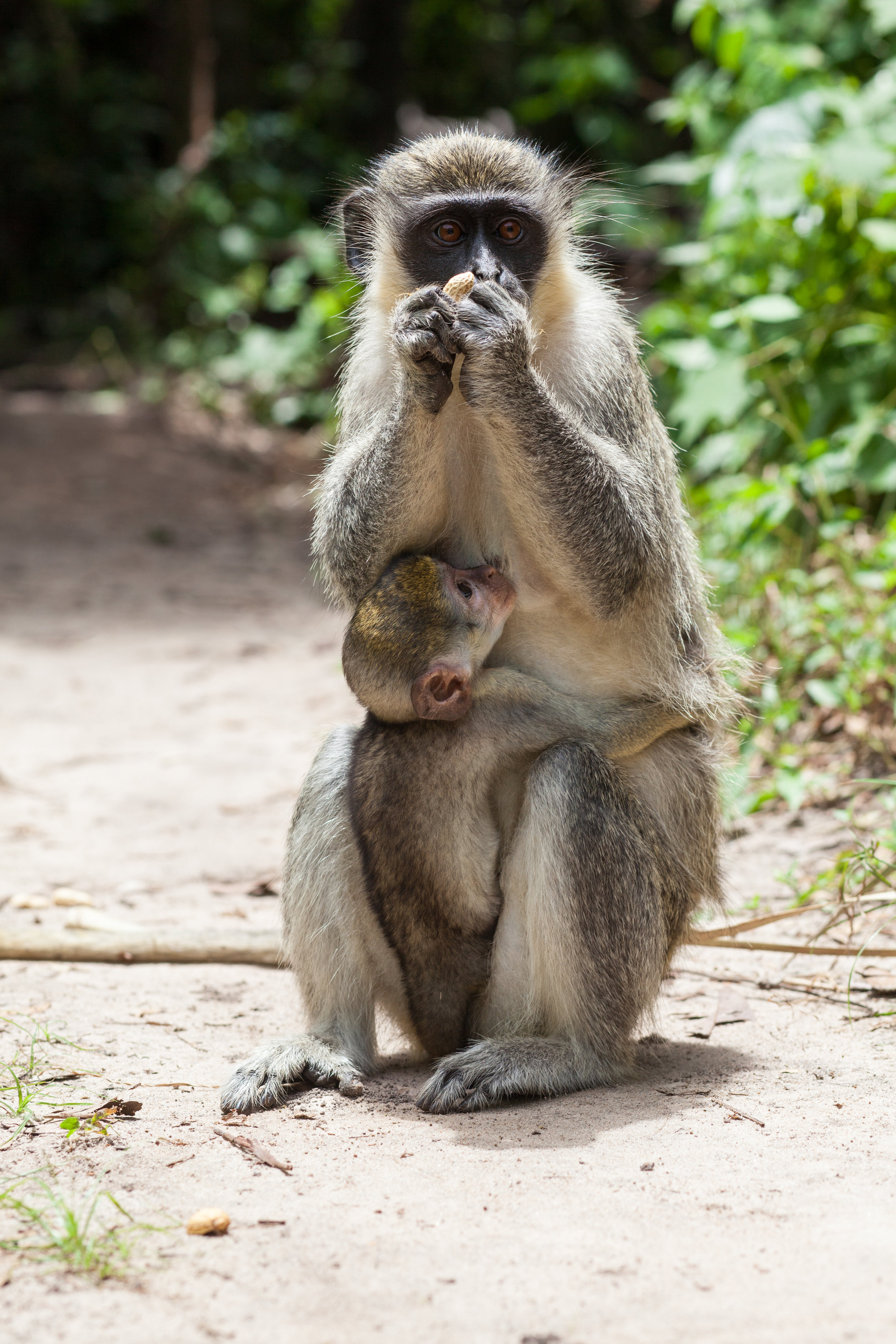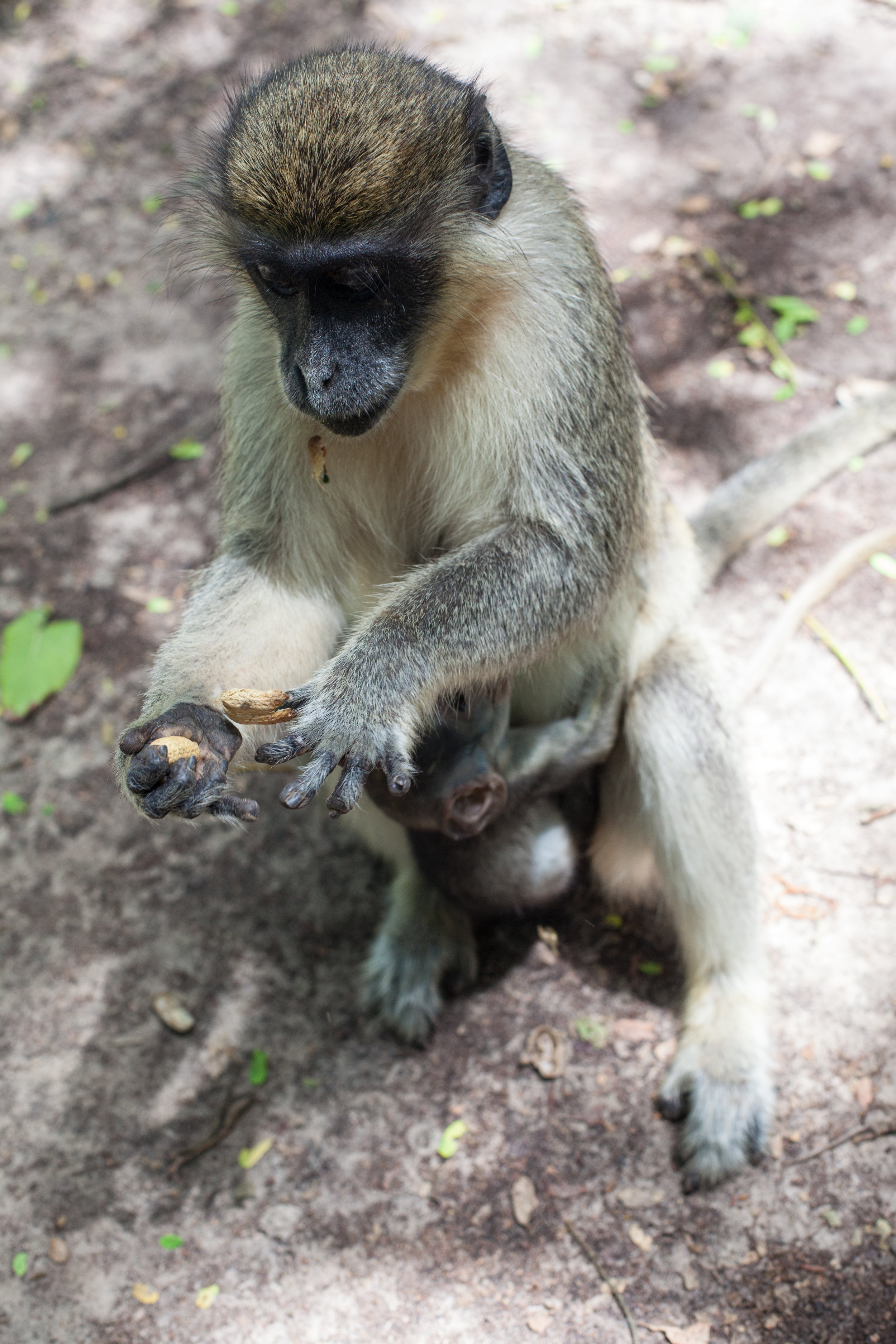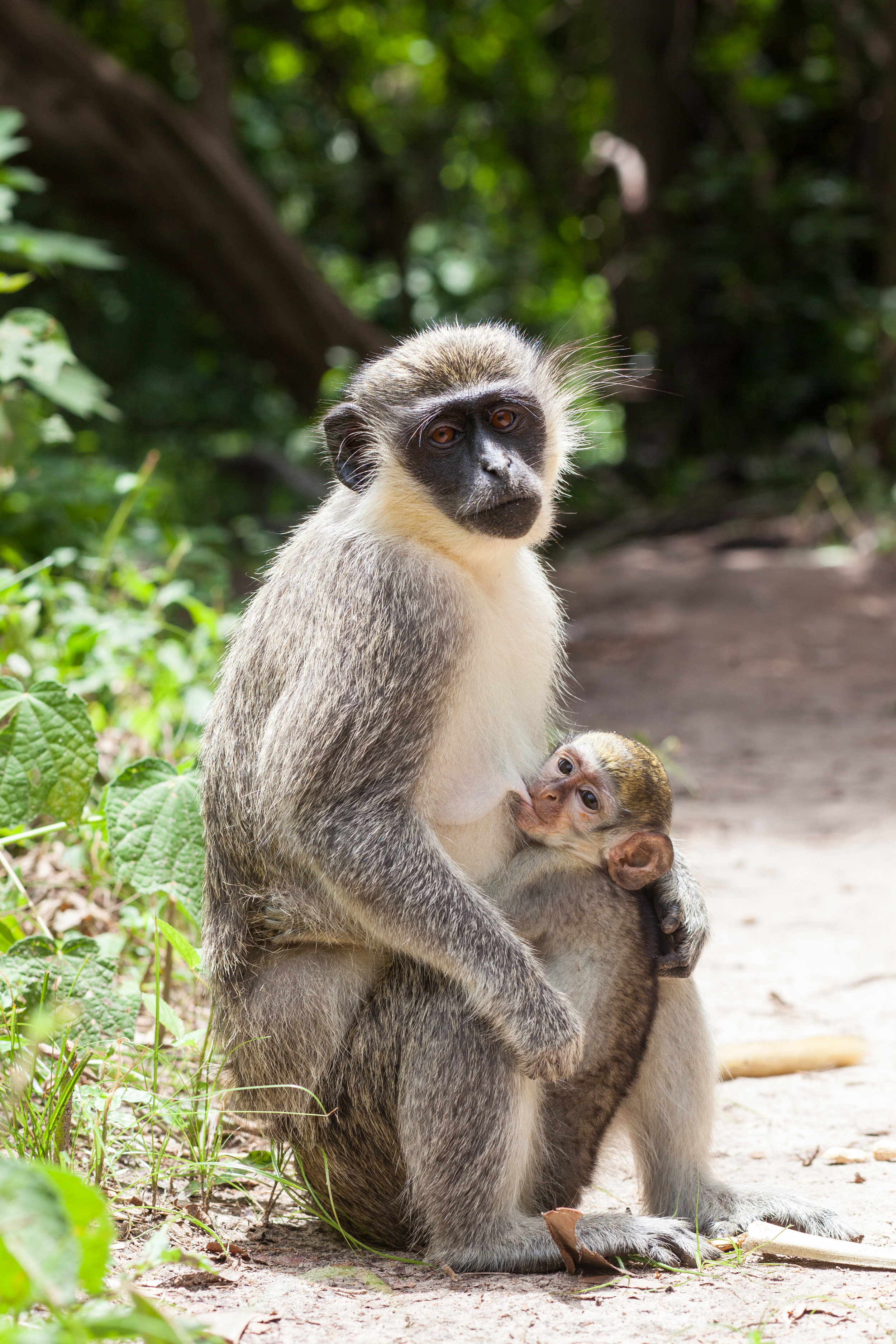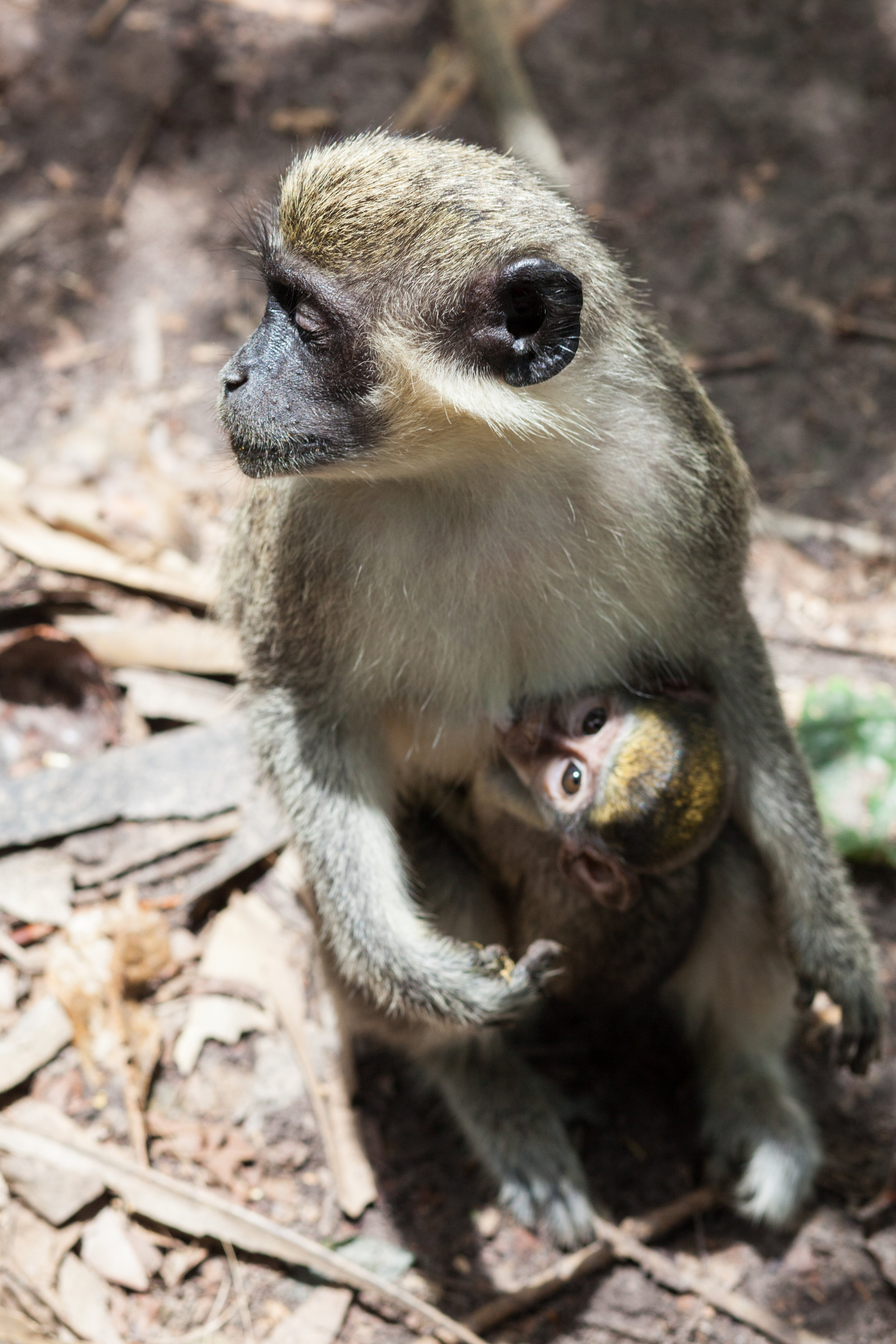Travel portraits have a unique way of speaking directly to the soul, none more so than this evocative image I look in Dhaka, the Capital of Bangladesh. The subject, a young child, seems lost in a world of unspoken thoughts. With a quiet gaze and delicate features framed by slightly disheveled hair, this portrait invites us into a story untold, where curiosity and uncertainty linger side by side.
A photograph can speak a thousand words, and this one whispers of quiet resilience and the weight of life. This portrait, a cropped shot of a candid I took of a sad-looking girl in the centre of Dhaka, Bangladesh, captures an unguarded moment of thoughtfulness and emotion.
The photograph’s black and white treatment amplifies the emotional weight, stripping away distractions and emphasising raw emotion. The blurred backdrop—a mixture of soft textures and indistinct shapes, works to isolate the subject. Taken with a Canon EOS 5D Mark IV and an EF50mm f/1.4 USM lens, due to low light conditions on the day, I chose an aperture of f/3.2 at 50mm, 1/200 shutter speed, and a high ISO of 1600. These settings blurred out the background subtly drawing the viewer’s focus to the subtle details of the child’s expressive face. The soft tones and shadows enhance the melancholic mood, creating a raw and intimate image that feels almost timeless. Here is a colour version of the image with more surrounding space, the muted colours telling their own story of the scene.
This image captures more than just a face; it captures a moment. It’s a testament to the power of portraiture in revealing the beauty and complexity of the human spirit. Whether a fleeting moment of introspection or an enduring thought, the depth of this child’s expression transcends language and culture, speaking directly to the viewer is as much about what isn’t shown as what is. The blurred surroundings of Dhaka’s bustling streets fade into the background, placing the viewer in the girl's world, if only for a moment. Her expression tells a story that words might struggle to convey, a mixture of strength and vulnerability that resonates on a universal level.
For more of my portrait work and travel photography, follow me on Instagram and Twitter. Each face tells a story, and each story adds to the journey. Photographing people in the candid moments of everyday life always reminds me of the quiet connections that bind us. This portrait, for me, captures the resilience of youth against the backdrop of a challenging environment.
Keywords: #Dhaka #Bangladesh #CandidPhotography #TravelPortrait #CanonPhotography #NaturalLight #Humanity #StreetPhotography #GeraintRowlandPhotography

